Wavelength Meter’s Starting only from $99.0

Lowest Prices Guaranteed!
Get your Wavelength Meter from Wyoming Electronics Inc Today!
Why Choose Our Wavelength Meters?
- Exceptional Accuracy: Our wavelength meters provide highly accurate measurements, essential for characterizing lasers, calibrating optical equipment, and ensuring precise optical communication.
- Broad Wavelength Range: Catering to a wide array of applications, our meters cover an extensive range of wavelengths, from ultraviolet to infrared, making them versatile for different optical testing needs.
- High Resolution: Experience superior resolution with our wavelength meters, allowing for the detection of even the most subtle wavelength variations.
- Compact and Robust Design: Designed with portability and durability in mind, our wavelength meters are ideal for both laboratory and field environments.
Service & Repairs ⋅ Customizable ⋅ OEM Calibration ⋅ Fully Refundable upto 30 Days
Can’t find what you are looking for?
Essential Technical Considerations for Selecting the Right Wavelength Meter
Choosing the ideal wavelength meter is crucial for accurate and reliable wavelength measurements in various optical applications. Here are some important technical considerations to keep in mind when purchasing a wavelength meter:
1. Wavelength Range: Ensure that the wavelength meter covers the range of wavelengths you need to measure. Different meters are designed for specific spectral regions, from ultraviolet to infrared.
2. Measurement Accuracy: Look for a wavelength meter with high accuracy specifications. The accuracy is critical for precise characterization of light sources, such as lasers and LEDs.
3. Resolution: Consider the resolution of the wavelength meter, which determines the smallest wavelength change that can be detected. A higher resolution is beneficial for resolving closely spaced spectral lines or measuring small wavelength shifts.
4. Measurement Speed: For applications requiring fast measurements, such as real-time monitoring or high-throughput testing, consider the measurement speed of the wavelength meter.
5. Calibration: Check the calibration options and procedures for the wavelength meter. Regular calibration is essential for maintaining measurement accuracy over time.
6. Interface and Display: A user-friendly interface and clear display are important for easy operation and reading of measurements. Look for meters with intuitive controls and digital displays.
7. Connectivity: Consider the connectivity options for integrating the wavelength meter into your test system or for data transfer. Common connectivity options include USB, GPIB, and Ethernet.
8. Portability: If you need to use the wavelength meter in different locations or for fieldwork, consider its size, weight, and portability.
9. Compatibility: Ensure that the wavelength meter is compatible with the optical components and systems you will be working with, such as fiber optics, free-space optics, or integrated photonics.
10. Budget and Brand Reputation: Finally, balance your technical requirements with your budget. Choose a reputable brand that offers reliable performance, customer support, and warranty options.
Advanced Considerations for Optimal Wavelength Meter Selection
In addition to the key technical considerations, there are several advanced factors that can further refine your selection of a wavelength meter:
11. Dynamic Range: Assess the dynamic range of the wavelength meter, especially if you need to measure signals with a wide range of intensities. A high dynamic range ensures accurate measurements of both strong and weak signals.
12. Spectral Purity: For applications requiring high spectral purity, such as laser characterization, choose a wavelength meter with minimal spectral interference and high signal-to-noise ratio.
13. Automation and Software: Consider the automation capabilities and software features of the wavelength meter. Automation can streamline repetitive measurements, while comprehensive software can facilitate data analysis and reporting.
14. Environmental Factors: Take into account the environmental conditions in which the wavelength meter will be used. Factors such as temperature stability, vibration resistance, and humidity tolerance can impact measurement accuracy.
15. After-Sales Support: Evaluate the after-sales support offered by the manufacturer, including technical support, calibration services, and warranty coverage. Reliable support ensures the longevity and performance of your wavelength meter.
Maximizing Benefits with the Right Wavelength Meter Selection
Selecting the right wavelength meter is not just about meeting technical specifications; it’s about unlocking the full potential of your optical measurements. The right meter can:
- Enhance the precision of your wavelength measurements, leading to more accurate characterization of optical devices and systems.
- Improve the efficiency of your testing processes, saving time and resources.
- Provide reliable data for research, development, and quality control, supporting innovation and ensuring product quality.
- Adapt to your evolving measurement needs with versatile features and expandable capabilities.
Empower Your Optical Measurements with the Ideal Wavelength Meter
By carefully considering these technical and advanced factors, you can select a wavelength meter that not only meets your current measurement needs but also adapts to future challenges. Explore our diverse range of wavelength meters and elevate the accuracy, efficiency, and reliability of your optical measurements.


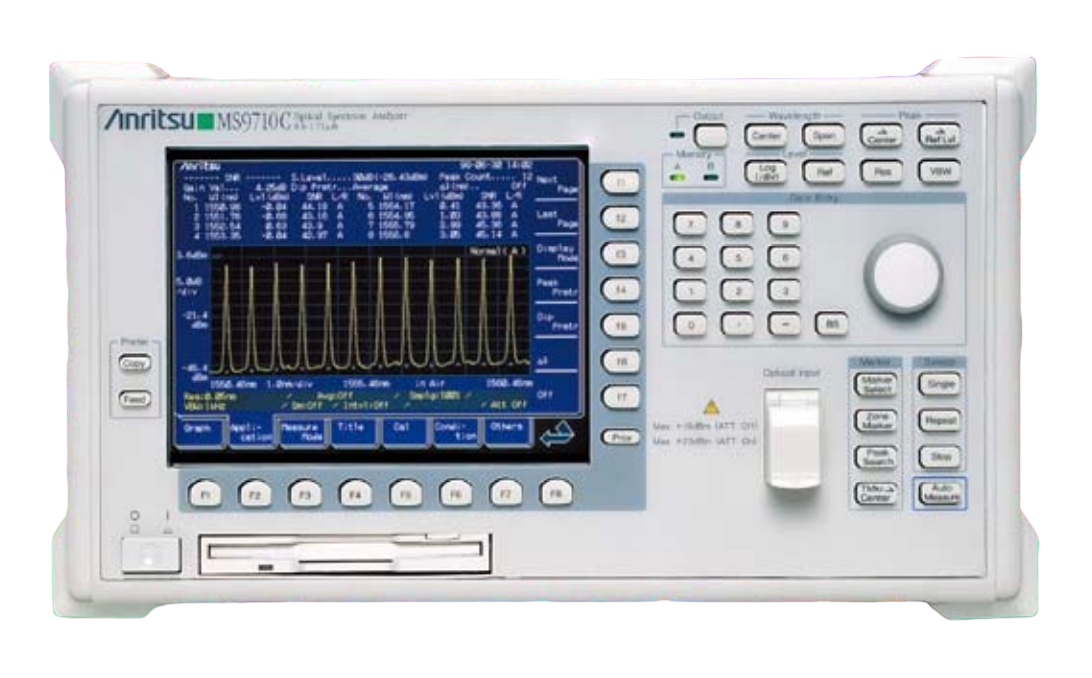 Spectrum Analyzers
Spectrum Analyzers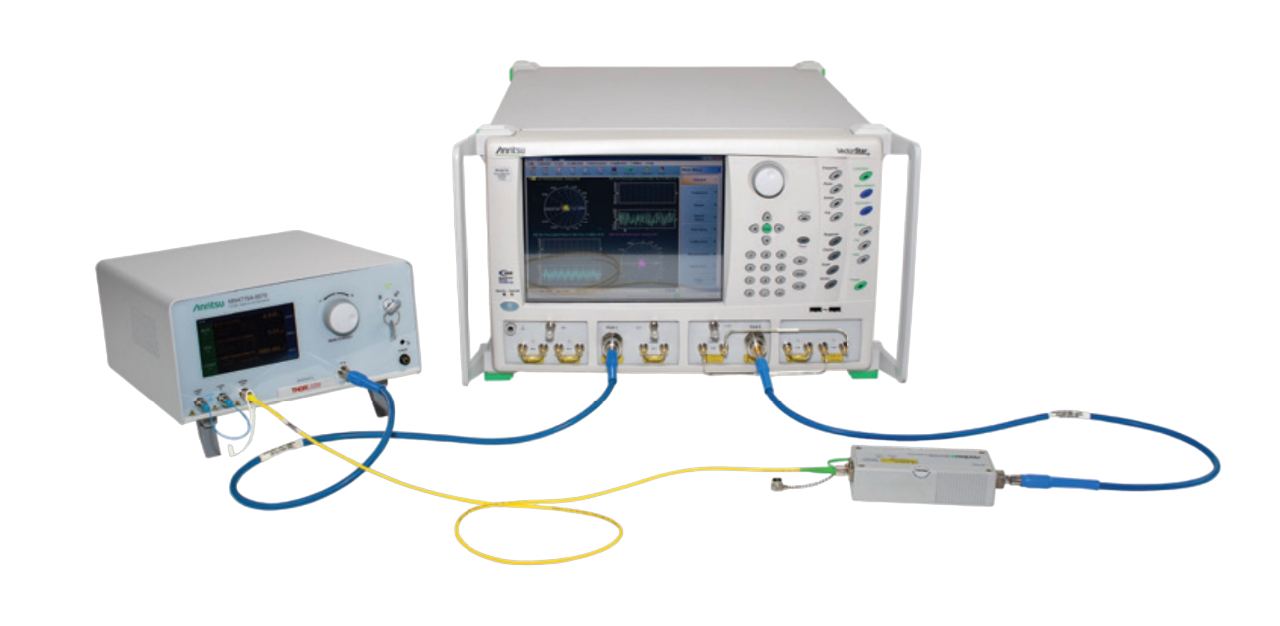 Network Analyzers
Network Analyzers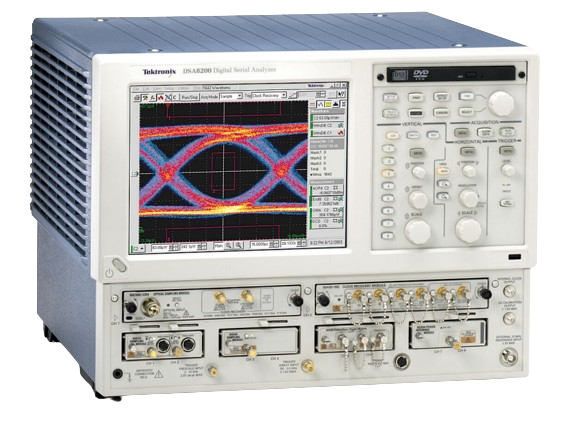 Signal Analyzers
Signal Analyzers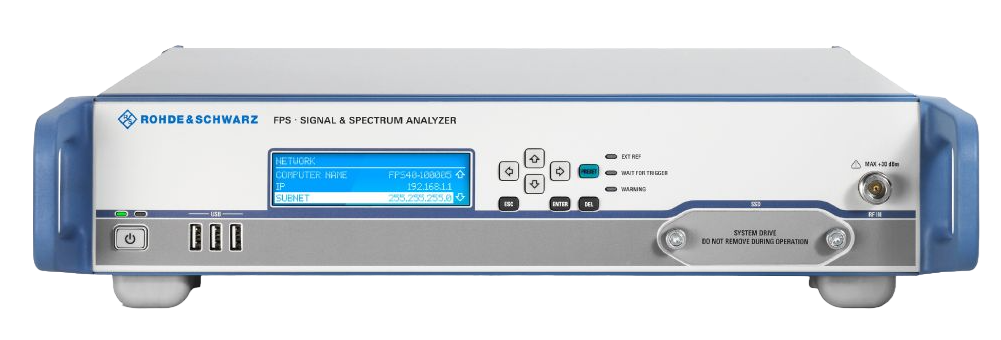 Logic Analyzers
Logic Analyzers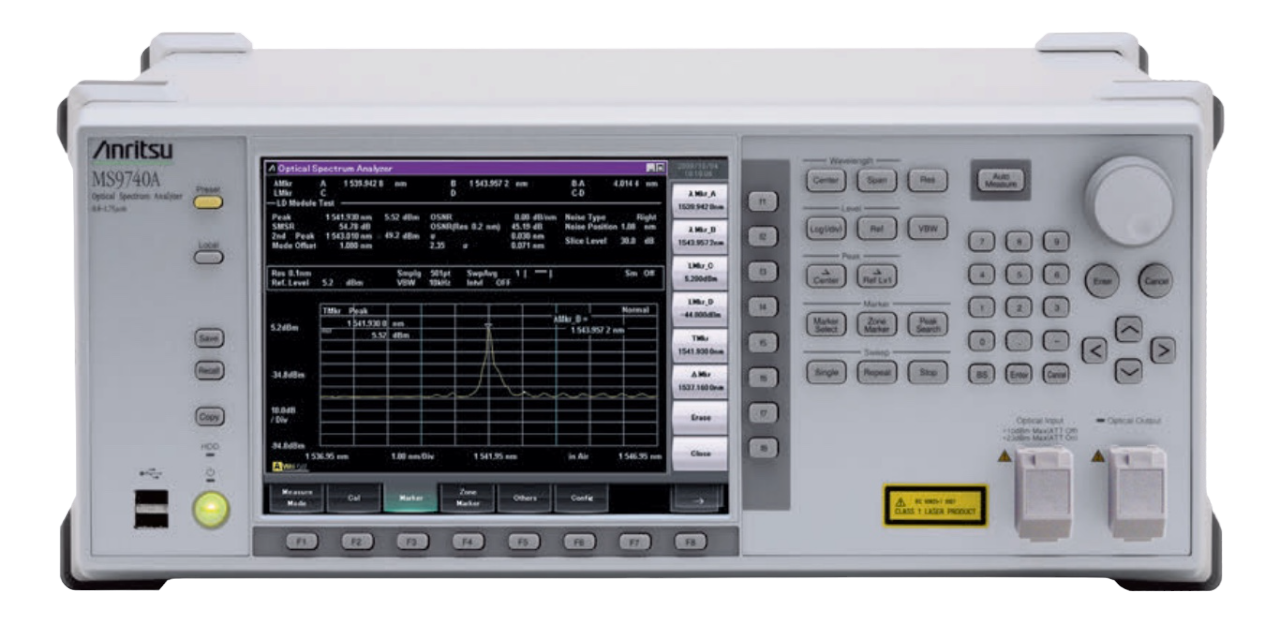 Optical Spectrum Analyzers
Optical Spectrum Analyzers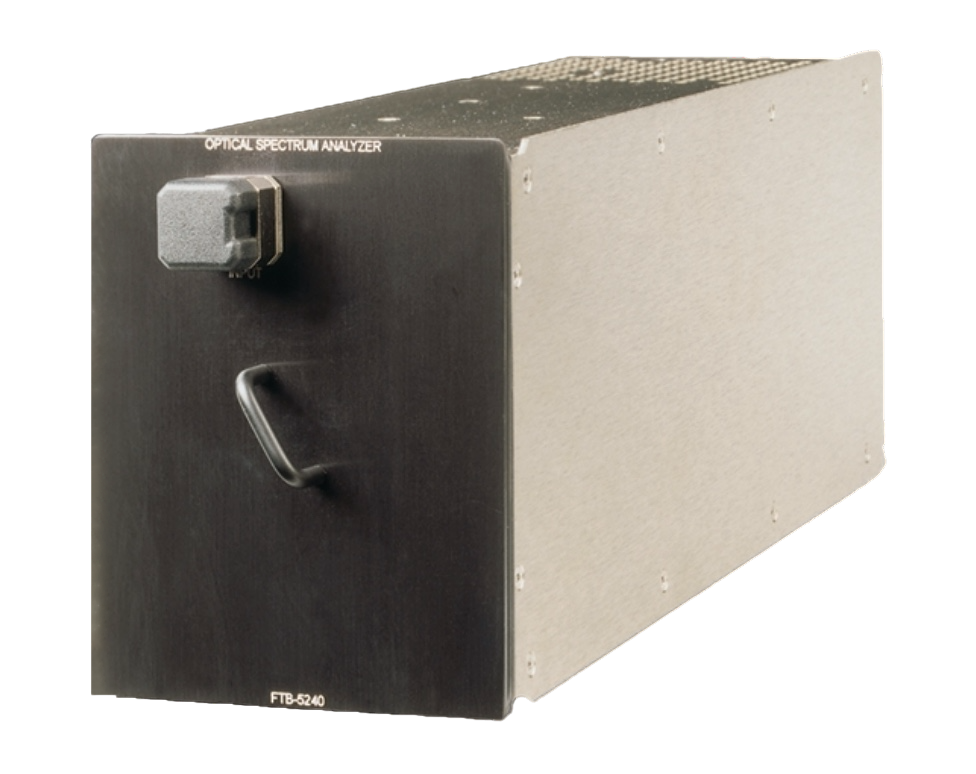 Other Analyzers
Other Analyzers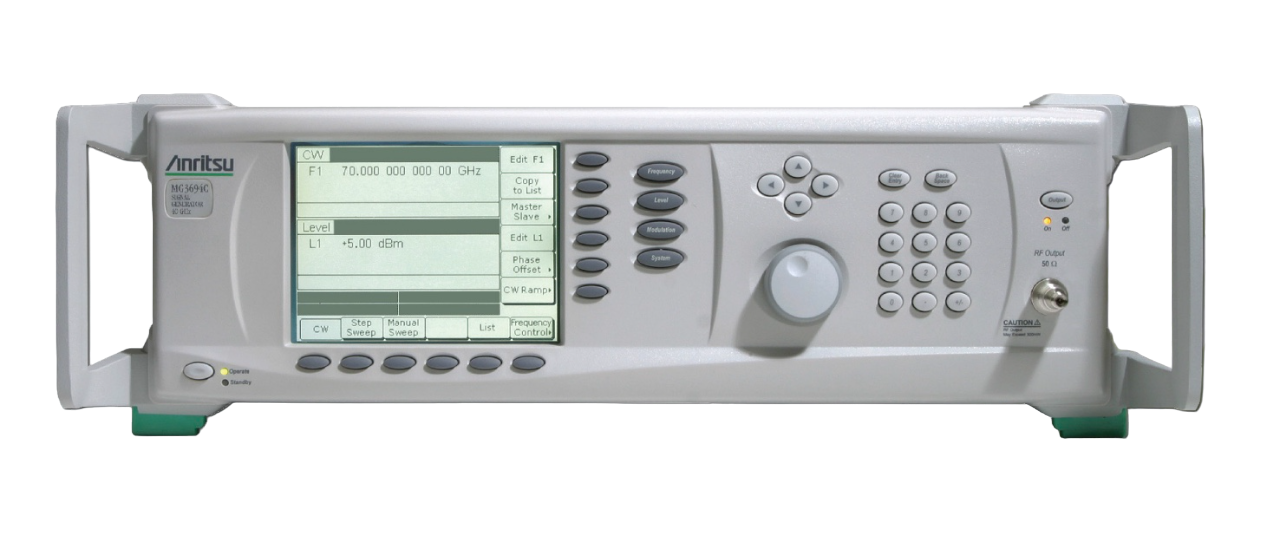 Signal Generator
Signal Generator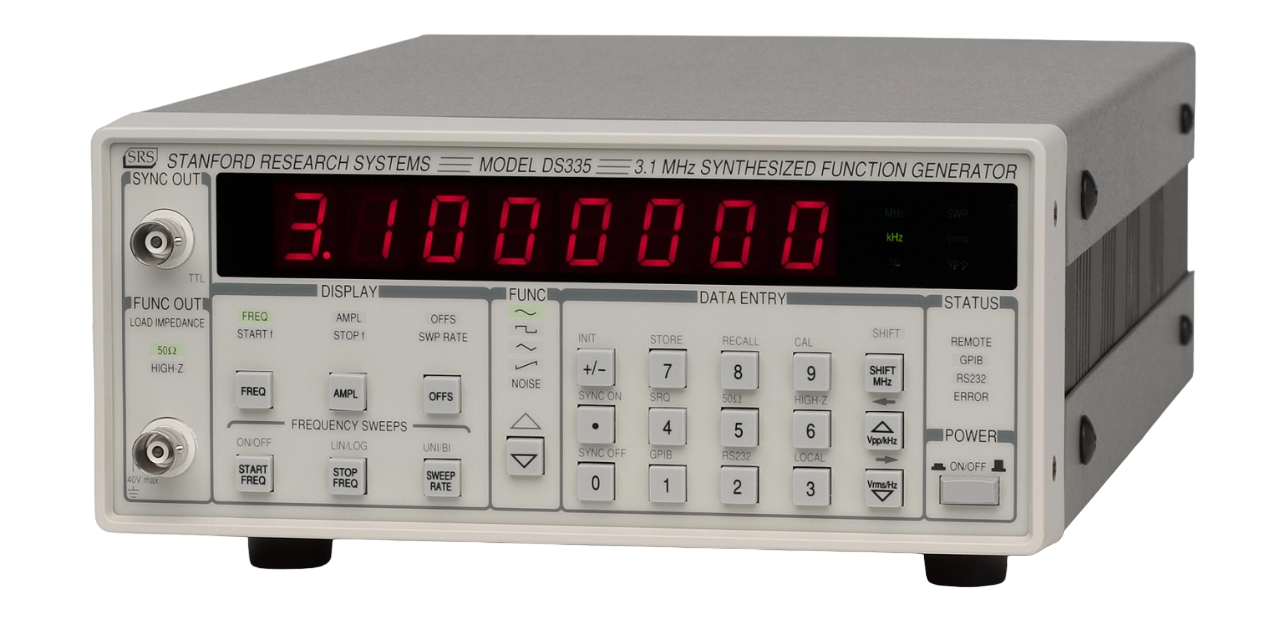 Function Generator
Function Generator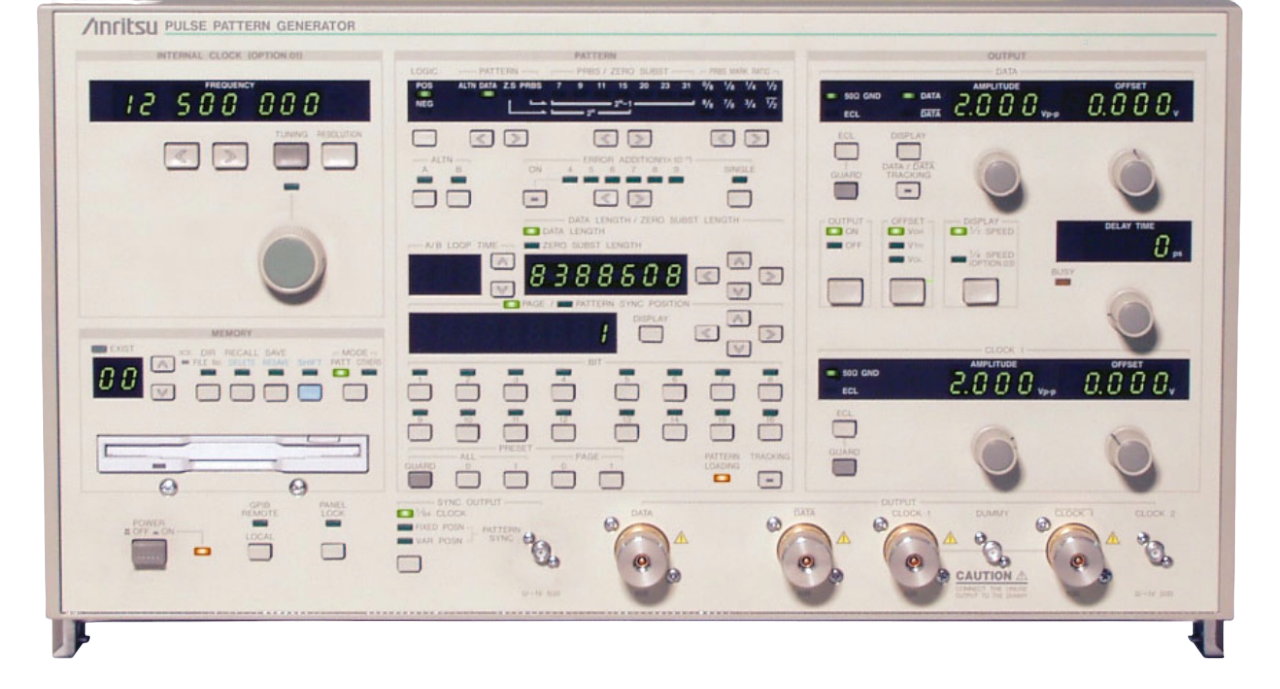 Pulse / Pattern Generator
Pulse / Pattern Generator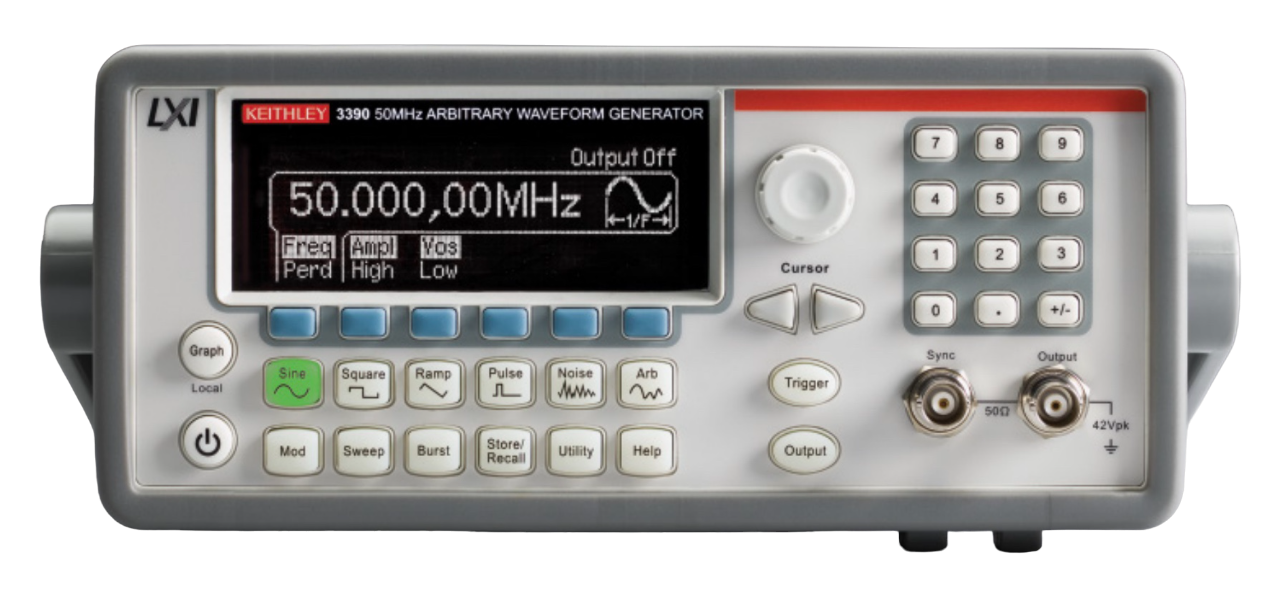 Waveform Generator
Waveform Generator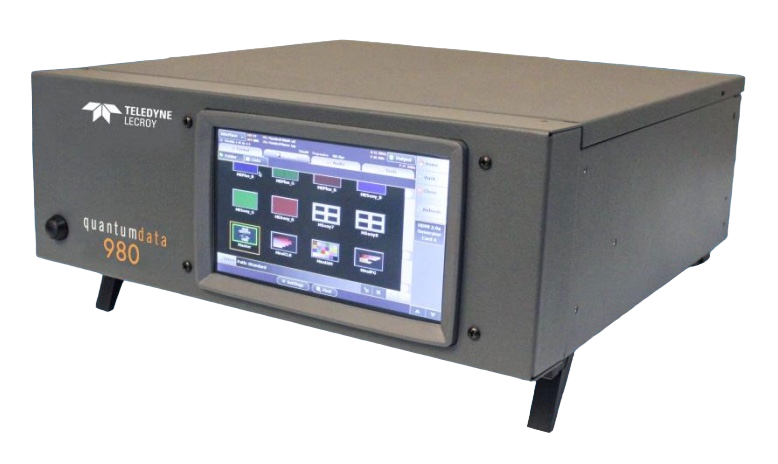 Other Generators
Other Generators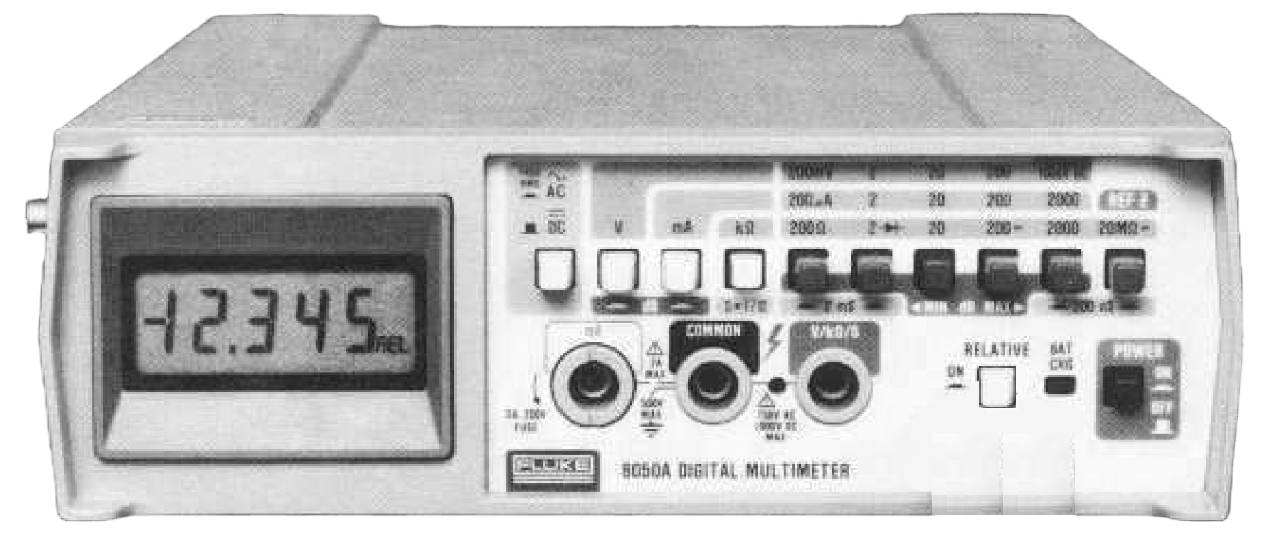 Digital Multimeter
Digital Multimeter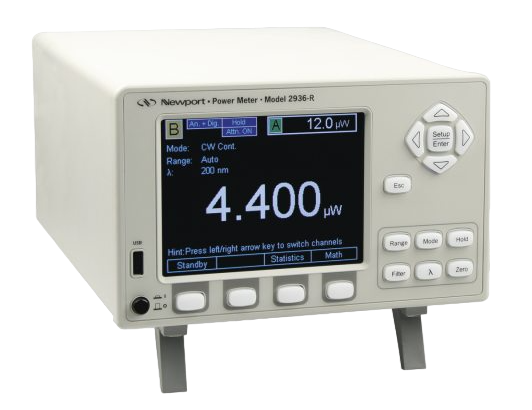 Power Meter
Power Meter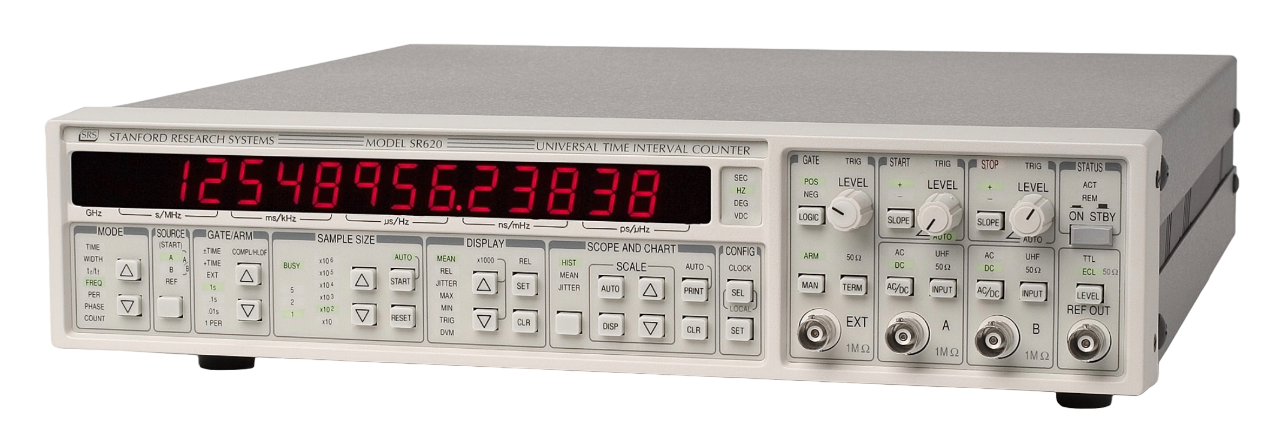 Frequency Counters
Frequency Counters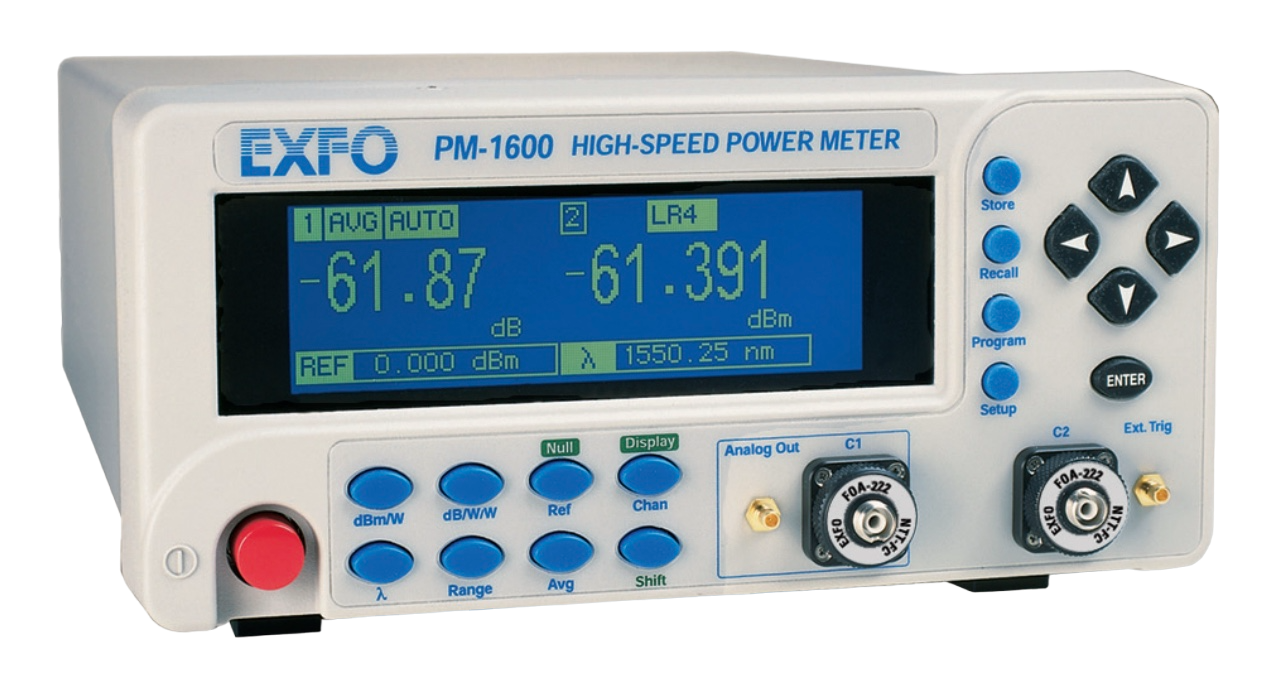 Optical Power Meter
Optical Power Meter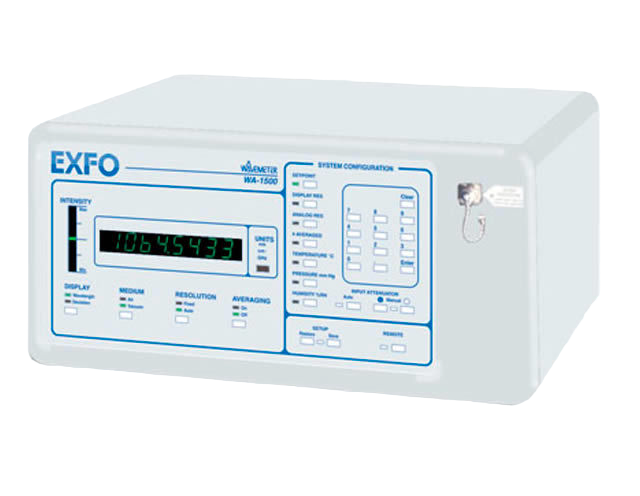 Wavelength Meter
Wavelength Meter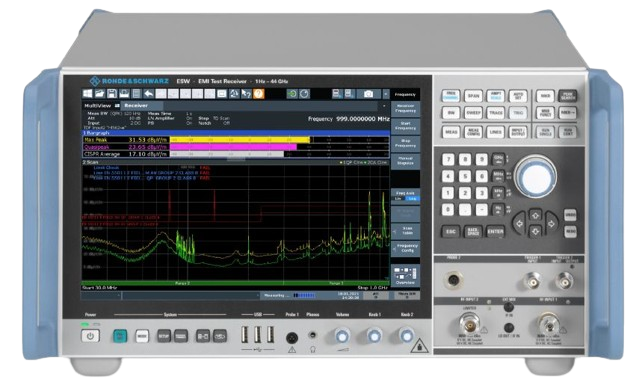 Receiver
Receiver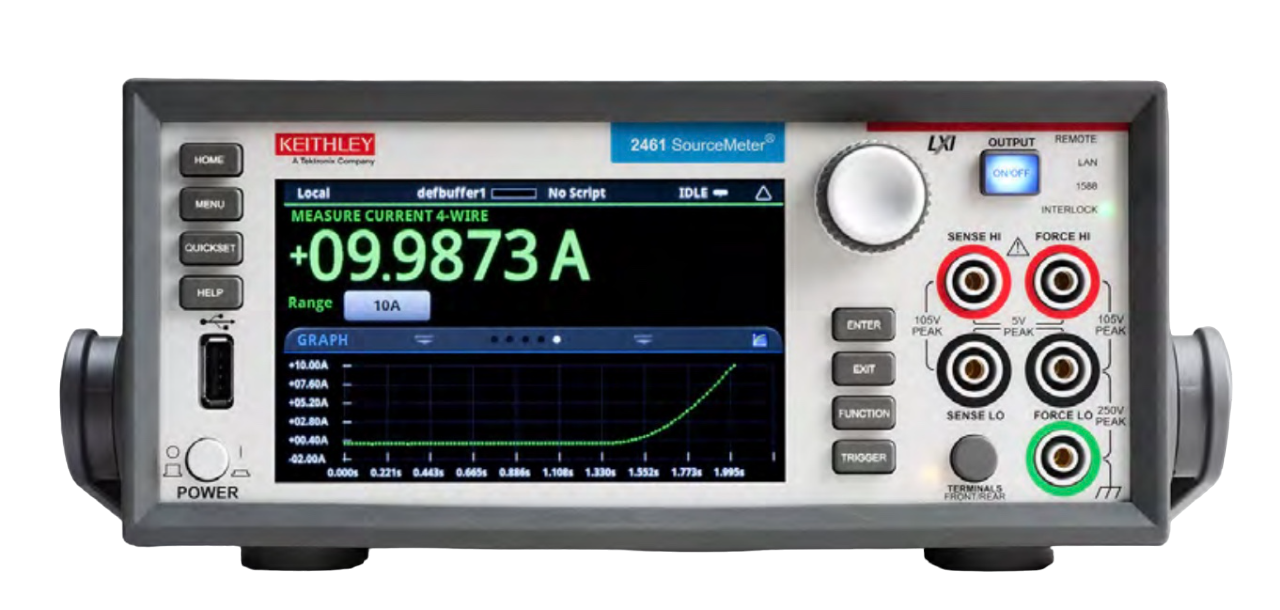 Current/Power Source Meter
Current/Power Source Meter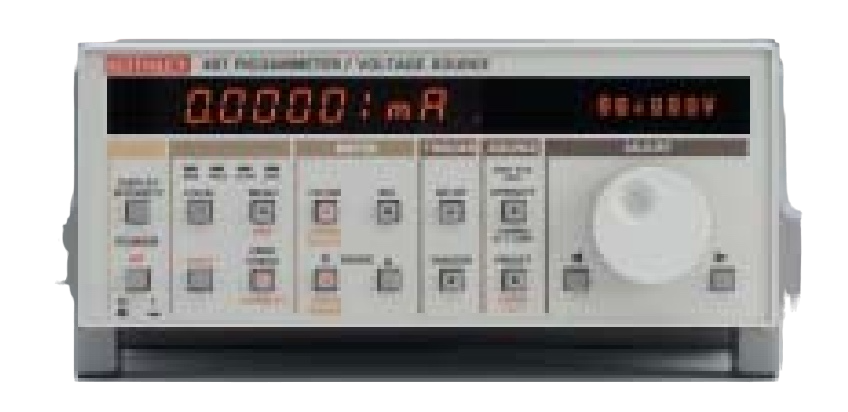 Picoammeter
Picoammeter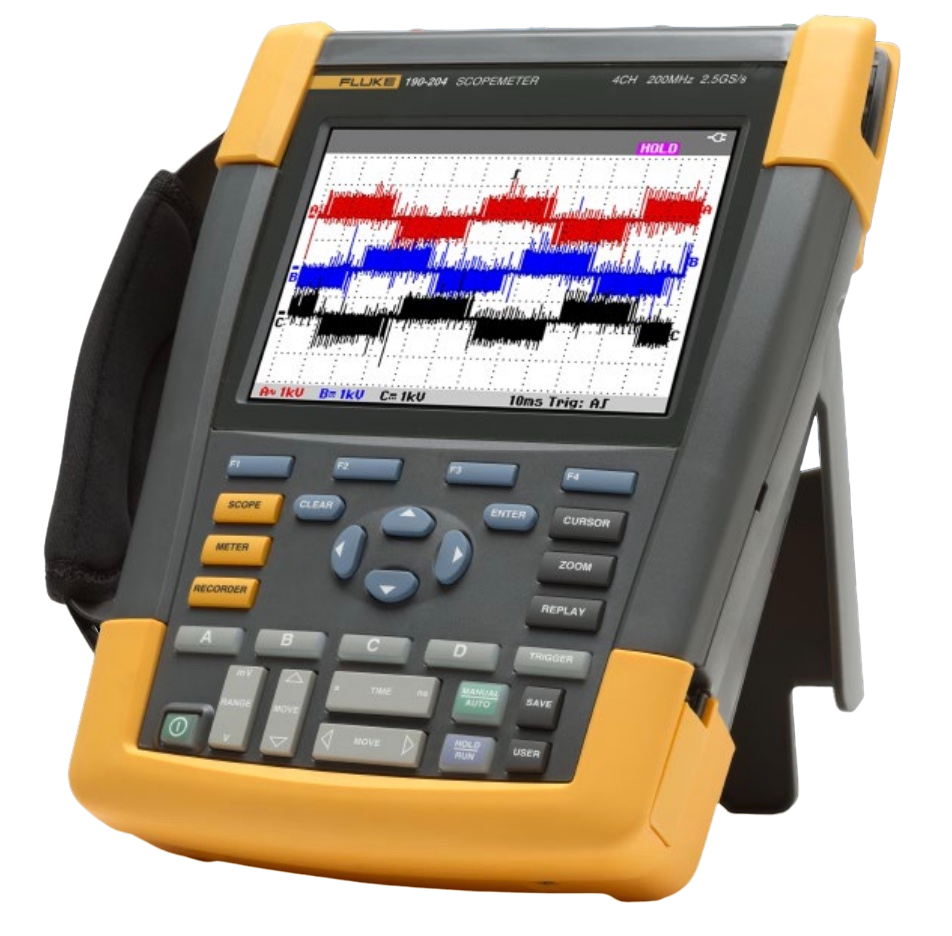 Other Meters
Other Meters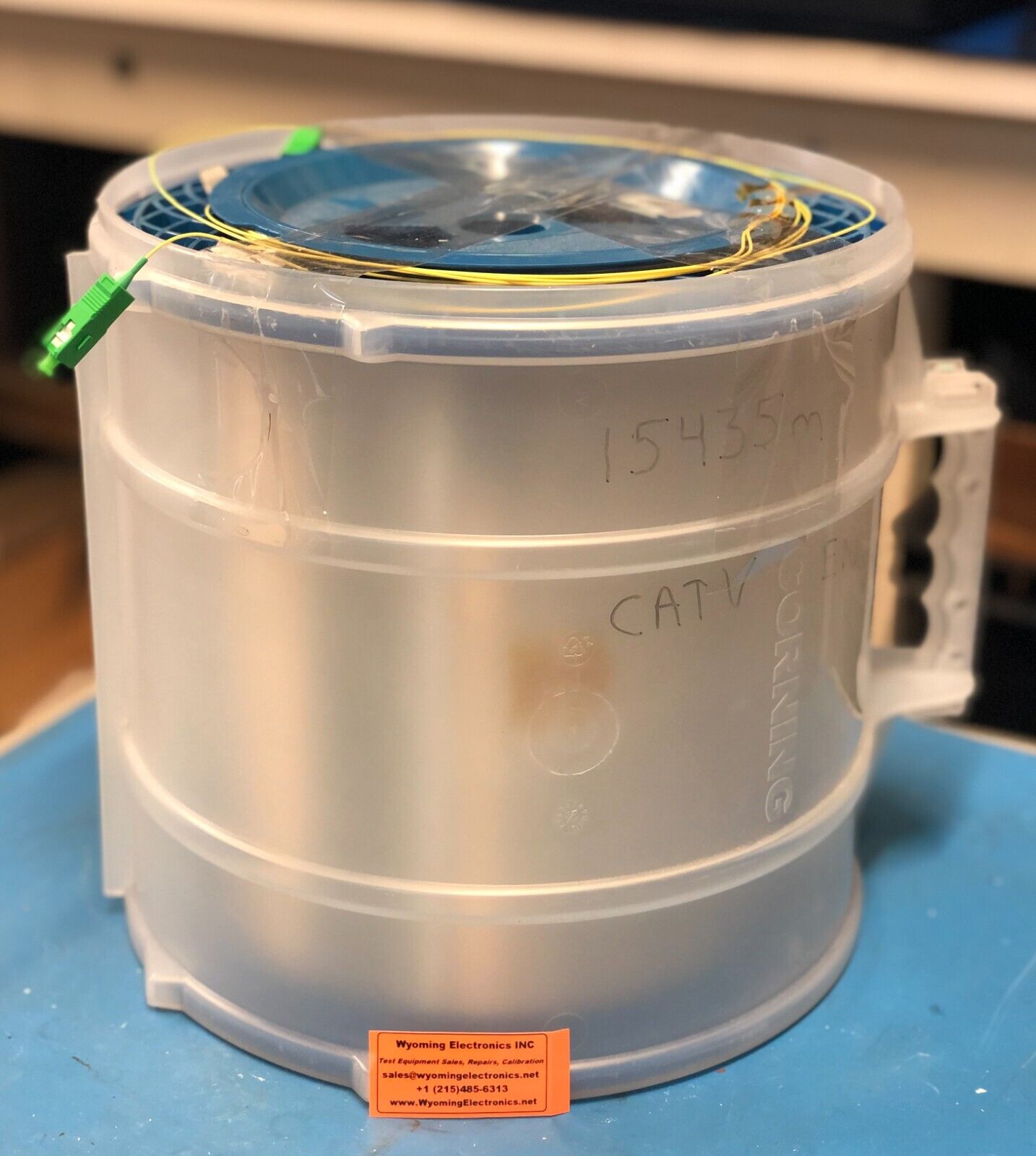 Optical Fiber
Optical Fiber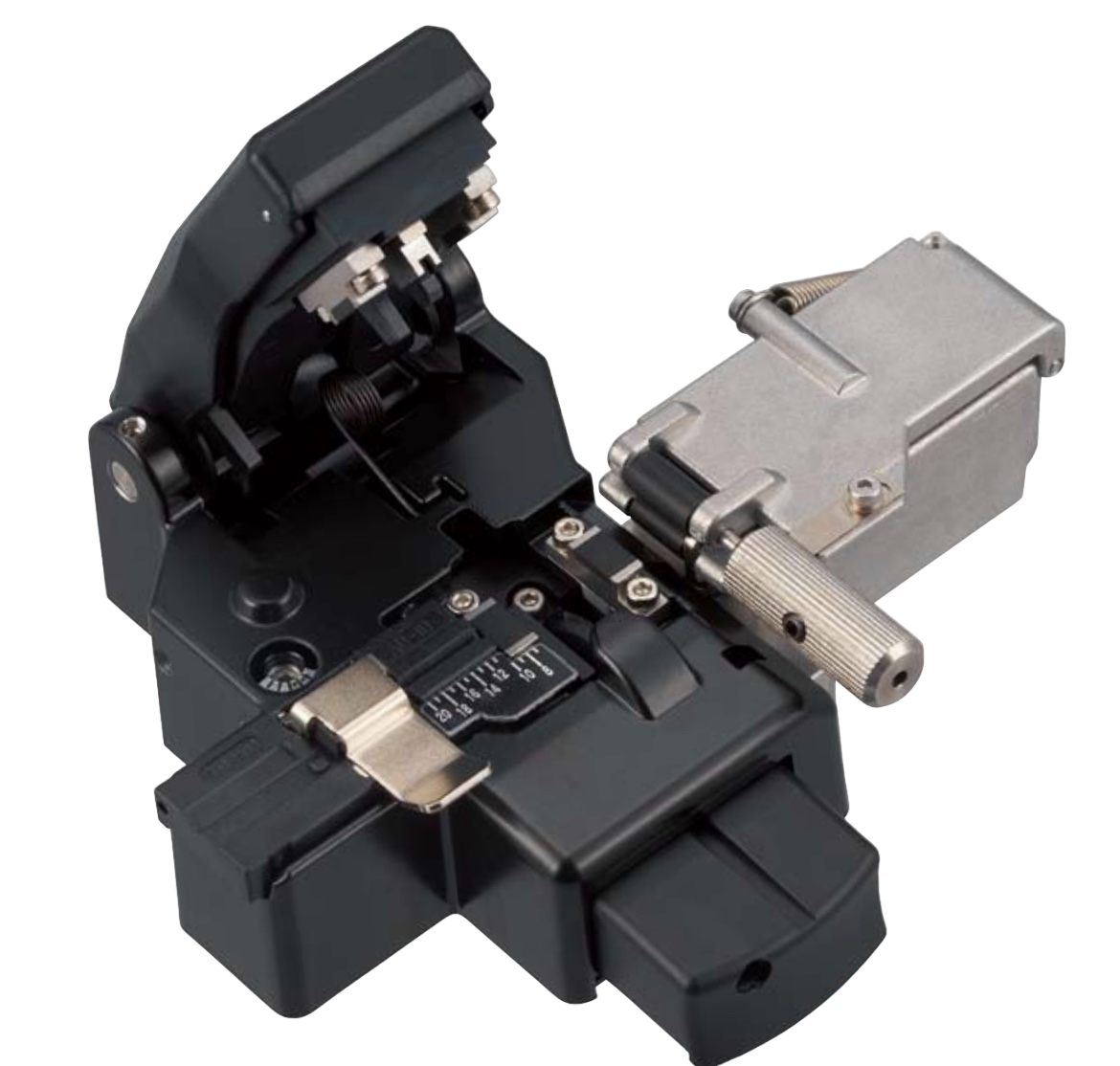 Fiber Cleaver
Fiber Cleaver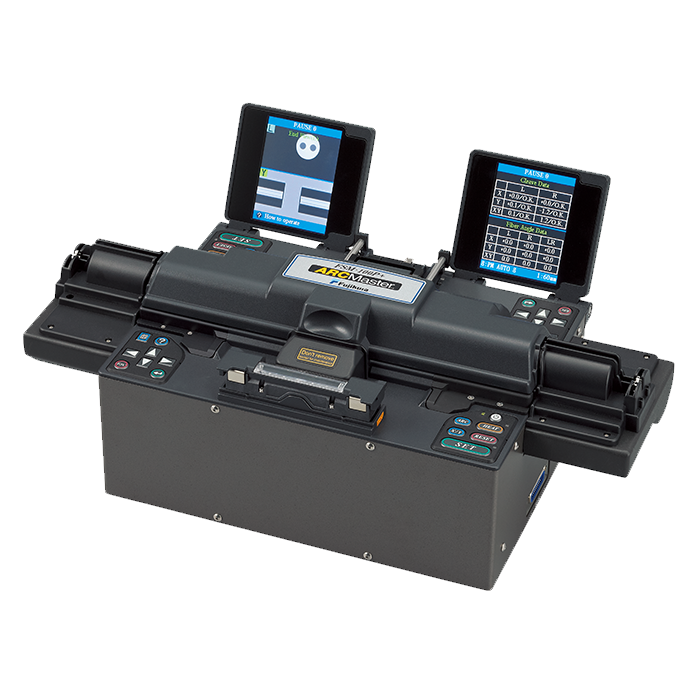 Fusion Splicer
Fusion Splicer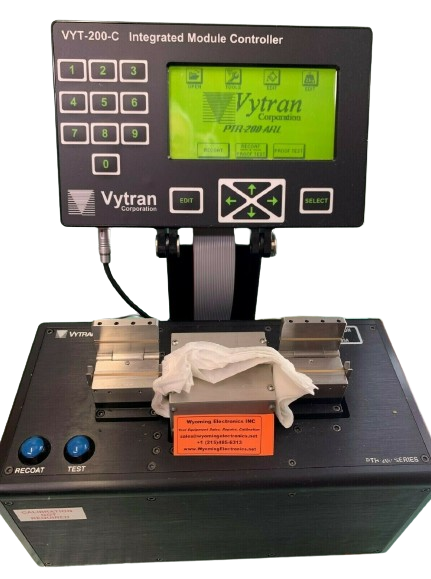 Fiber Recoater
Fiber Recoater Optical Attenuator
Optical Attenuator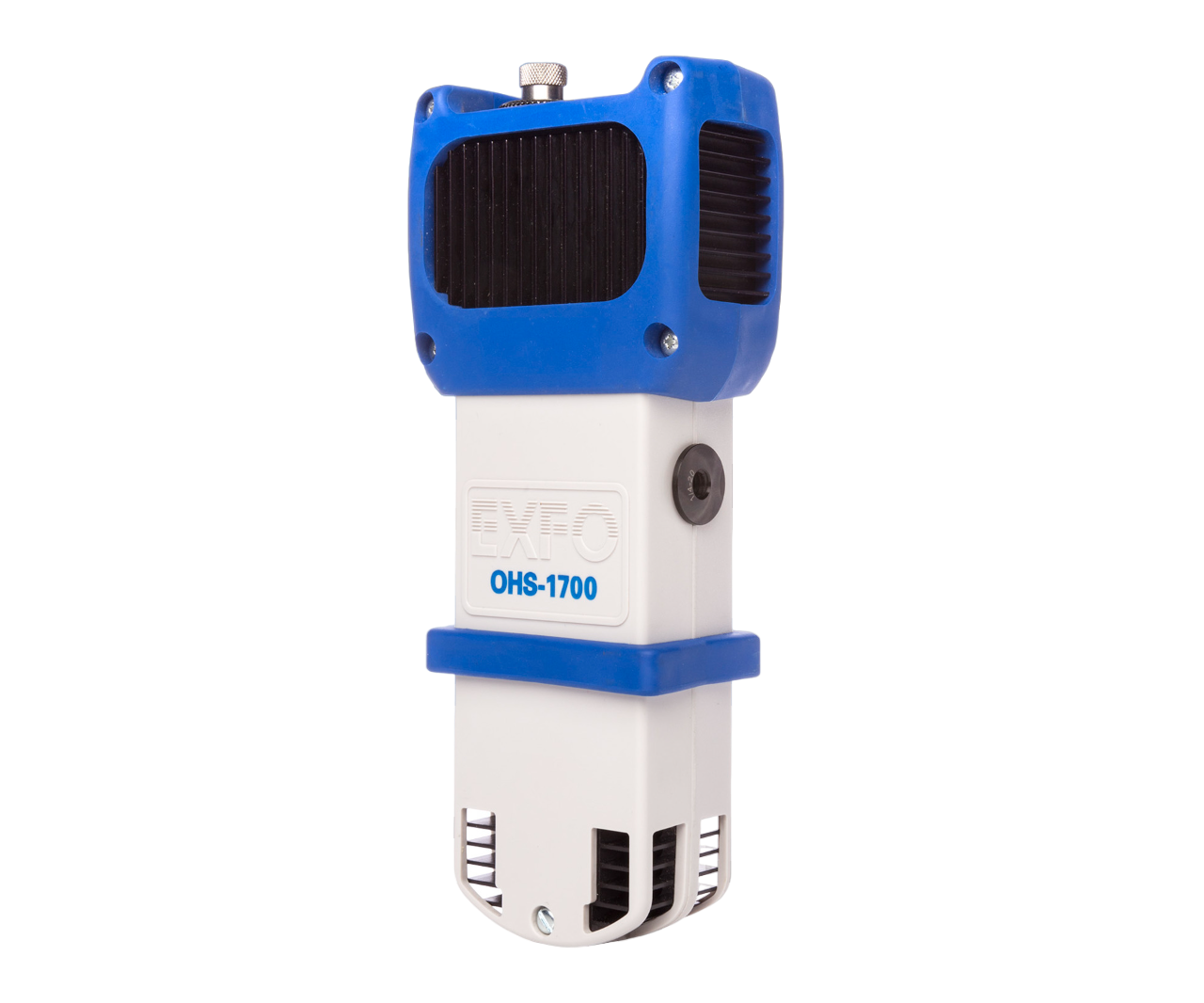 Optical Head
Optical Head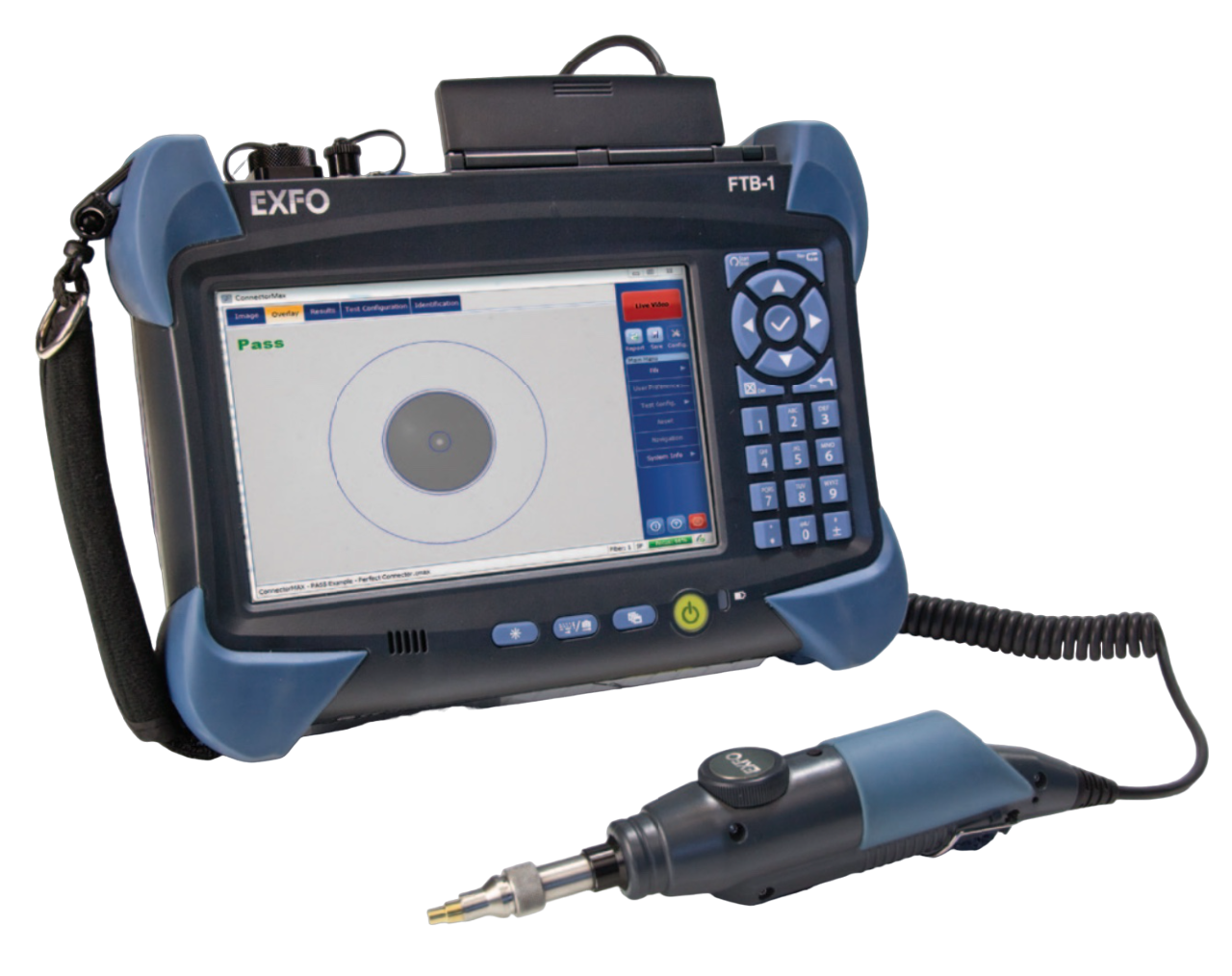 OTDR (Optical Time-Domain Reflectometer)
OTDR (Optical Time-Domain Reflectometer)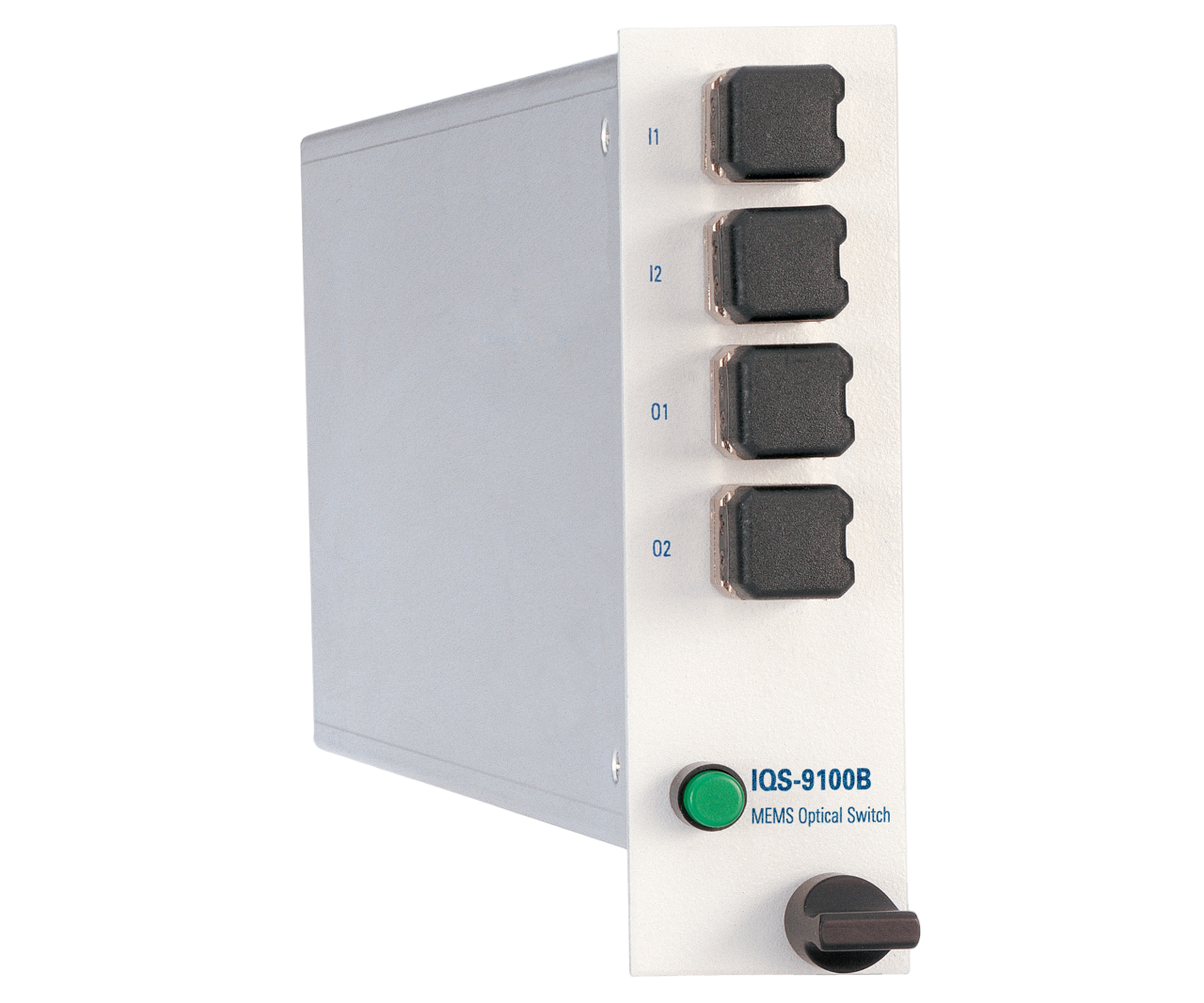 Other Optical Instruments
Other Optical Instruments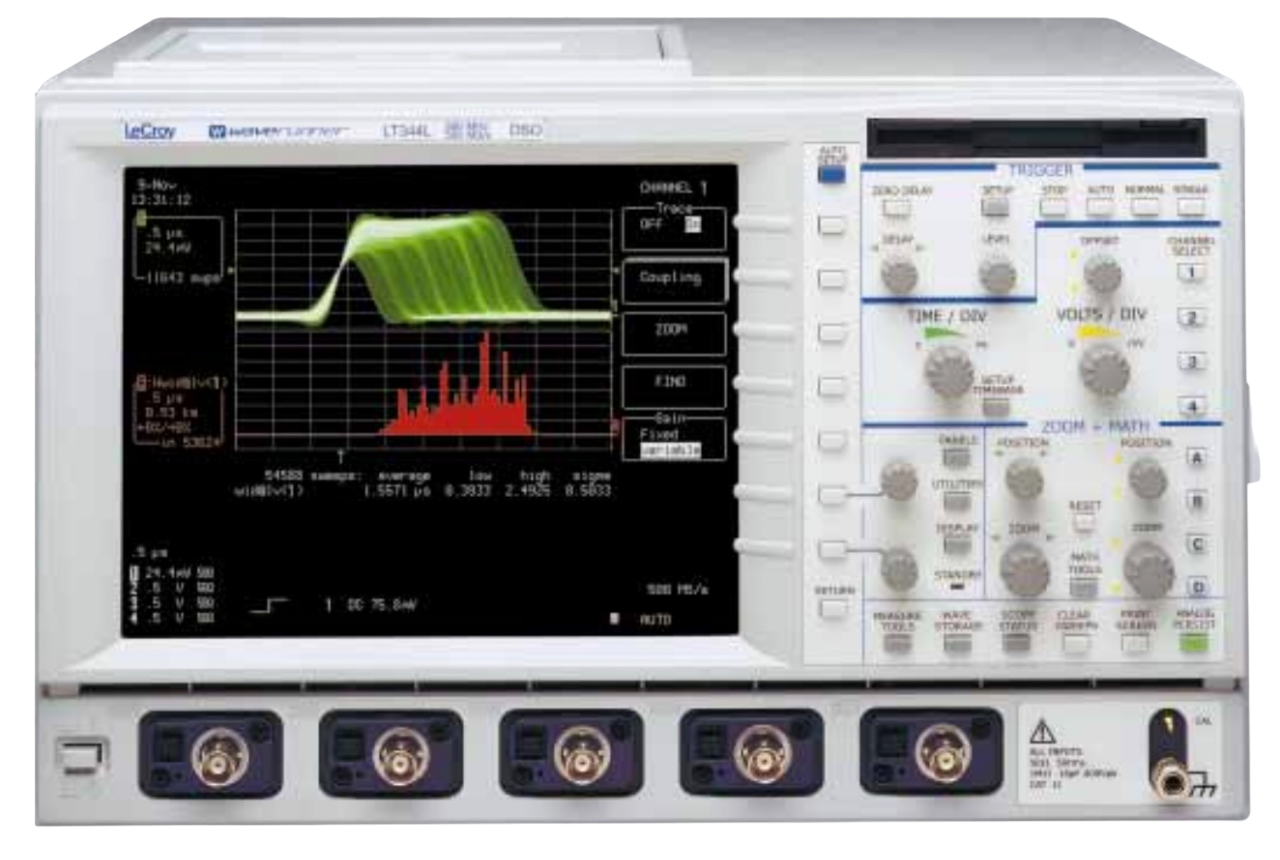 Oscilloscopes
Oscilloscopes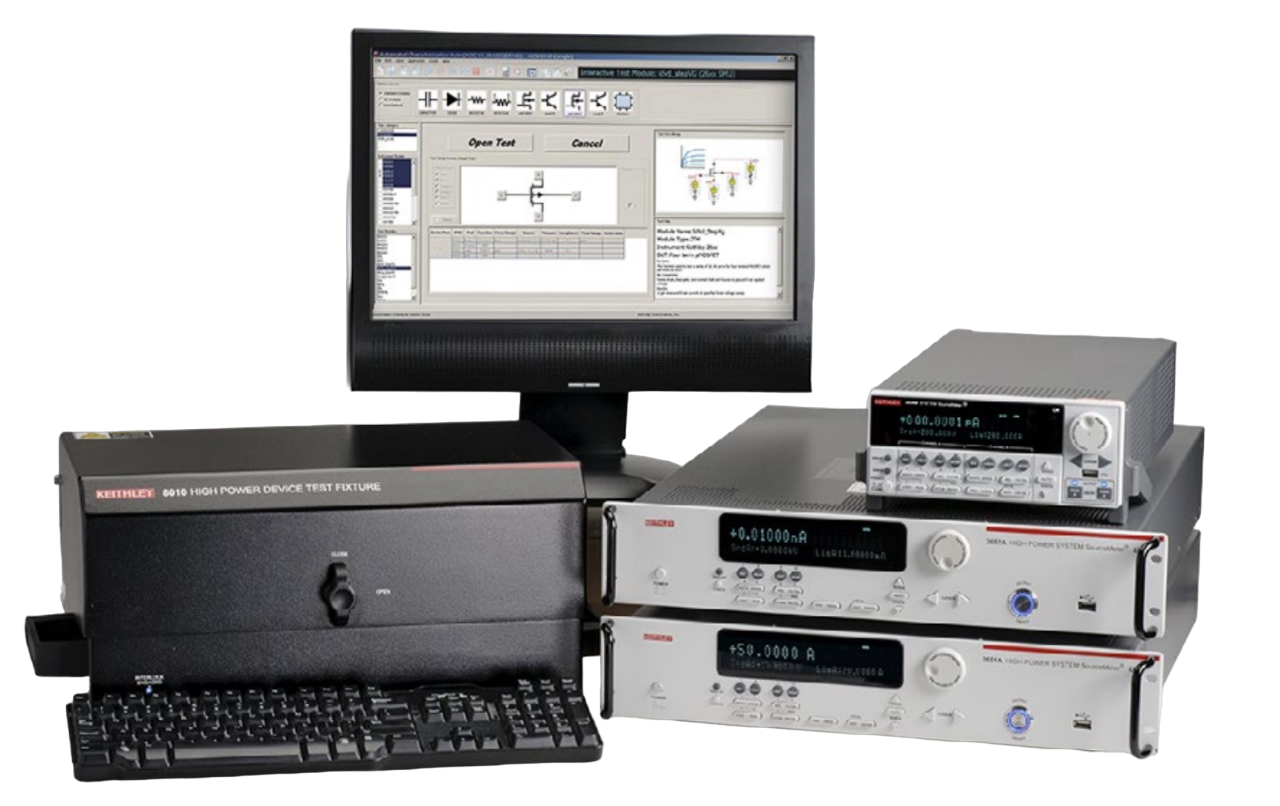 Curve Tracer
Curve Tracer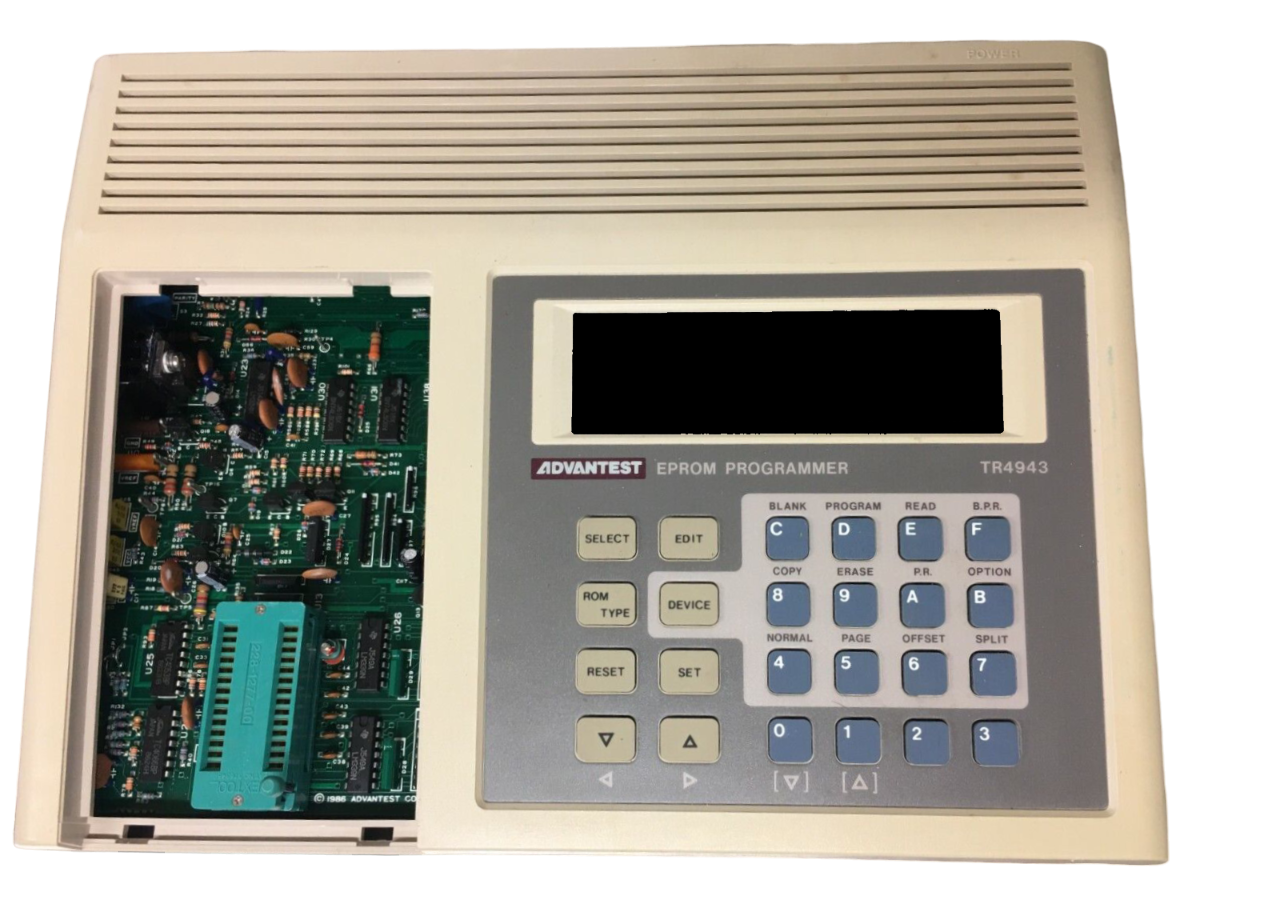 EPROM Programer
EPROM Programer Recorder
Recorder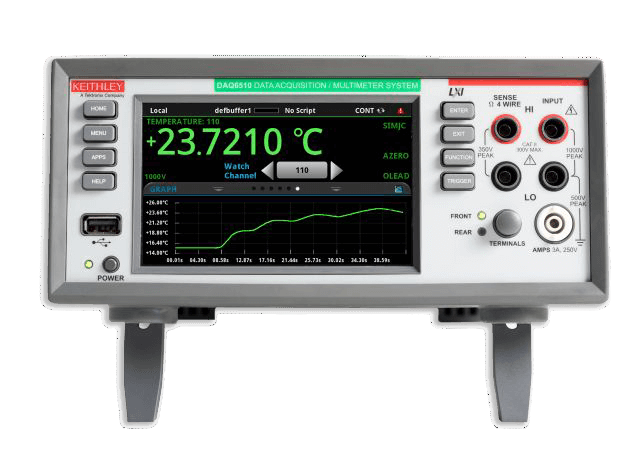 Data Acquisition System
Data Acquisition System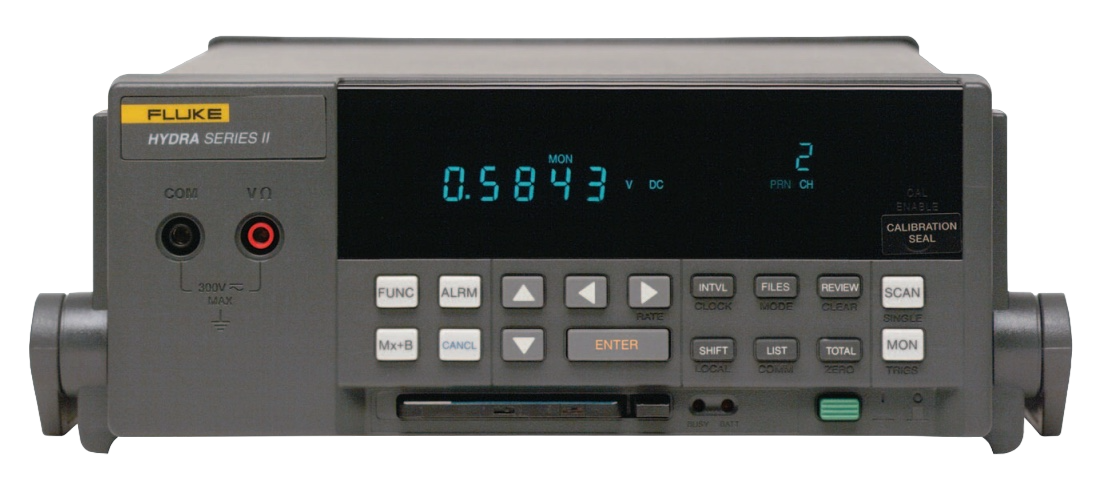 Data Logger
Data Logger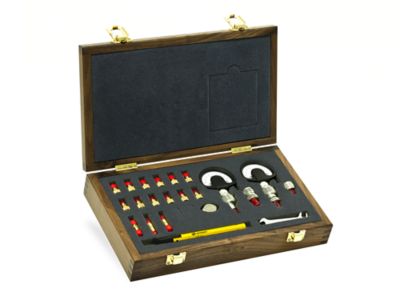 Calibration Kit
Calibration Kit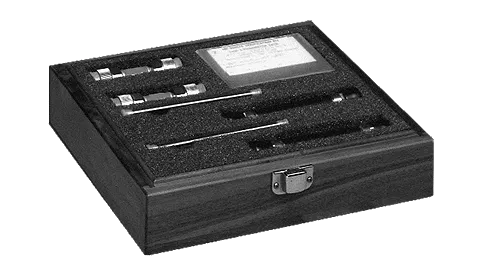 Verification Kit
Verification Kit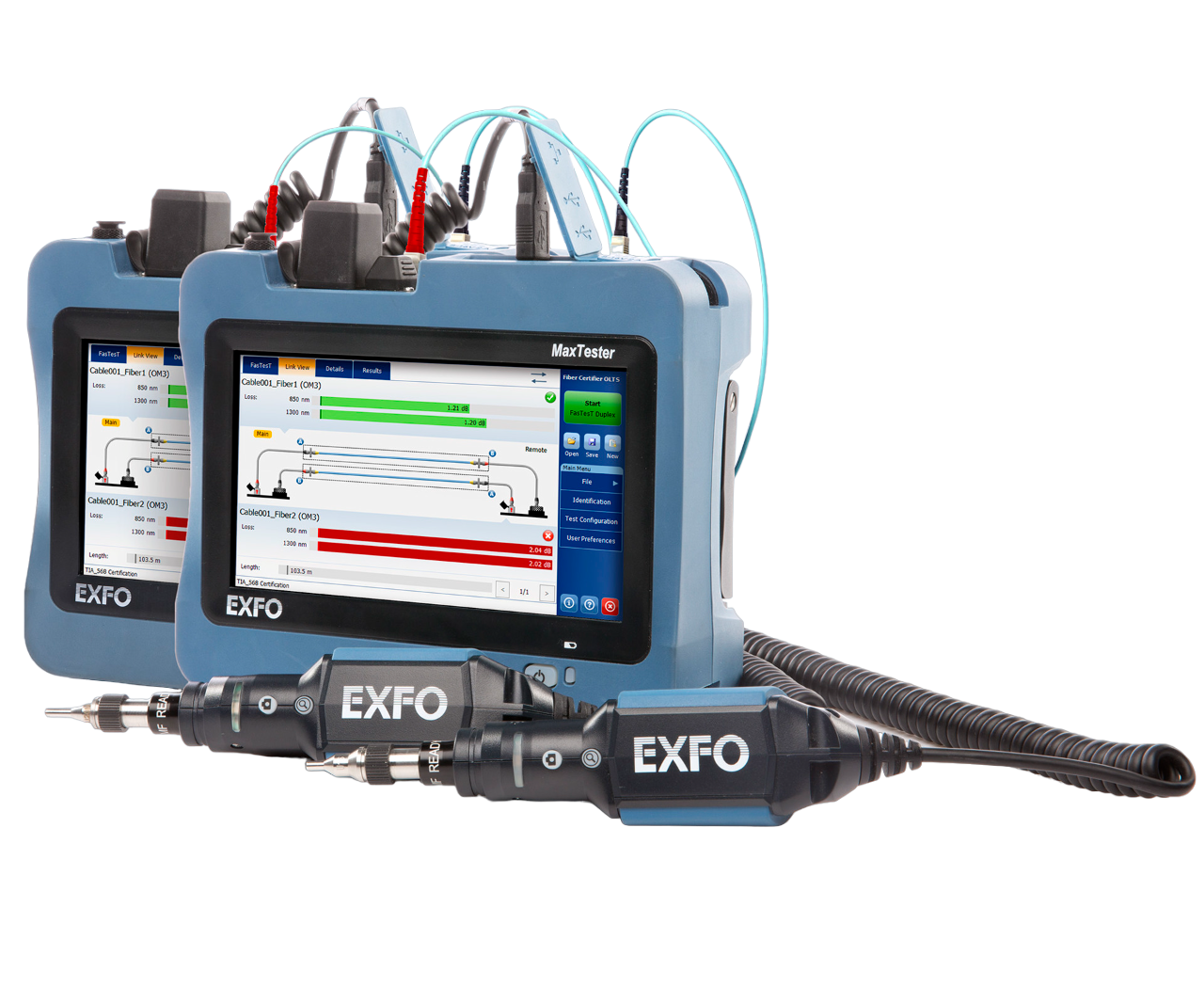 Test Set
Test Set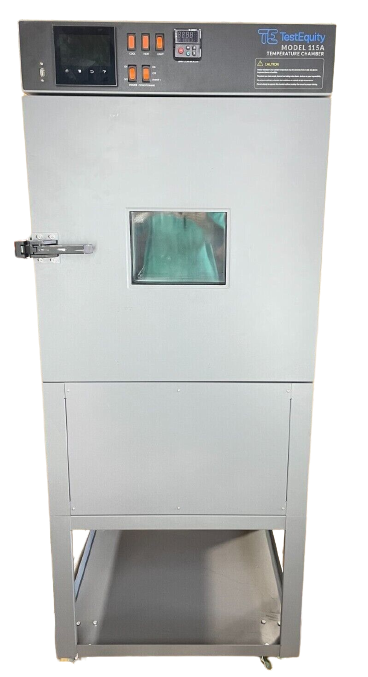 Test Chamber / Ovens
Test Chamber / Ovens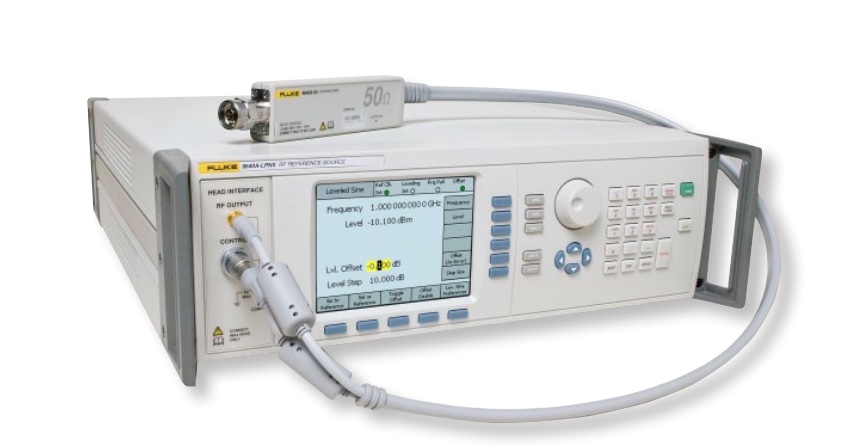 Calibrator
Calibrator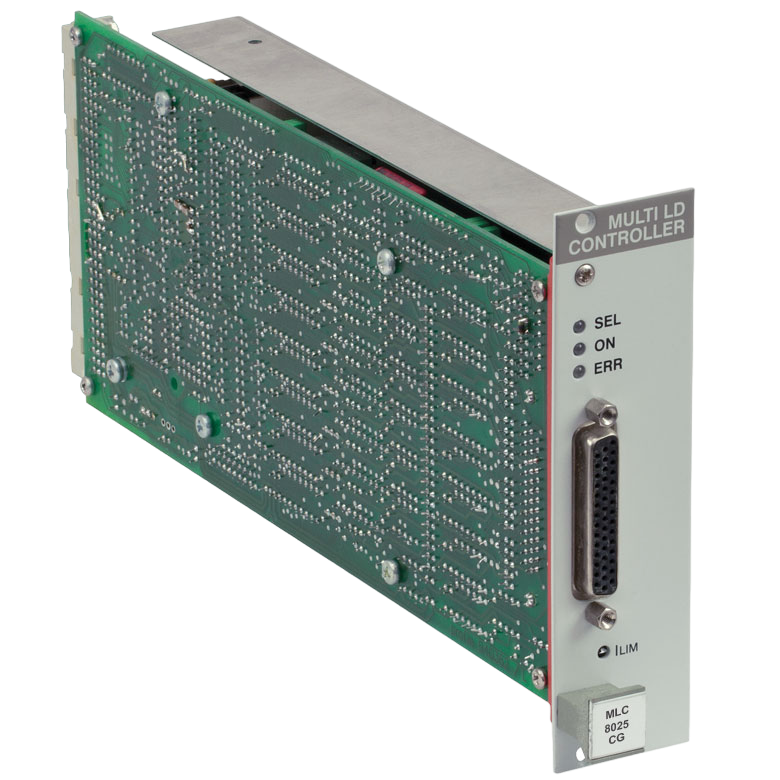 Controller
Controller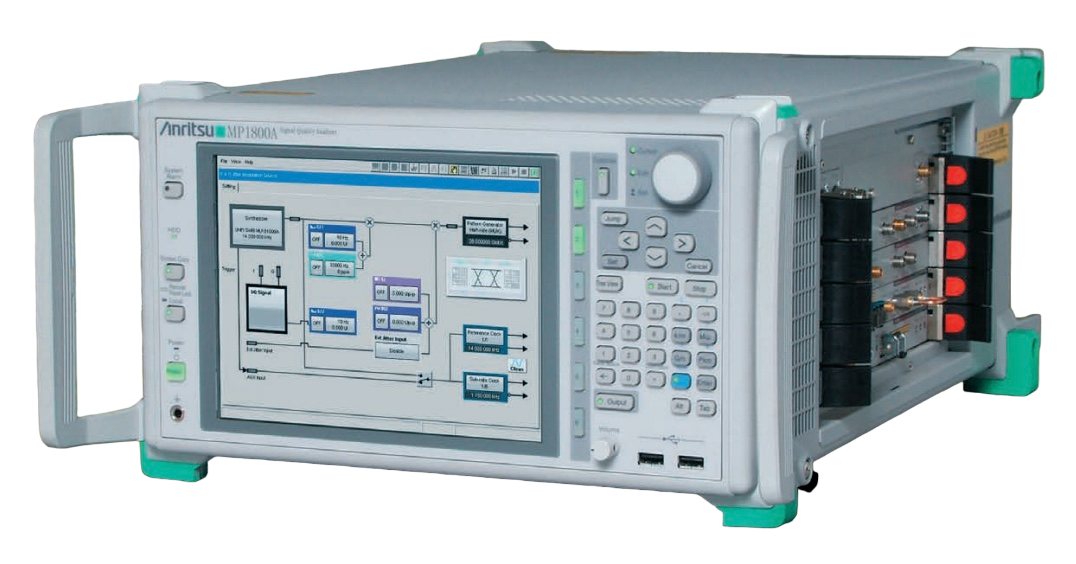 Mainframe
Mainframe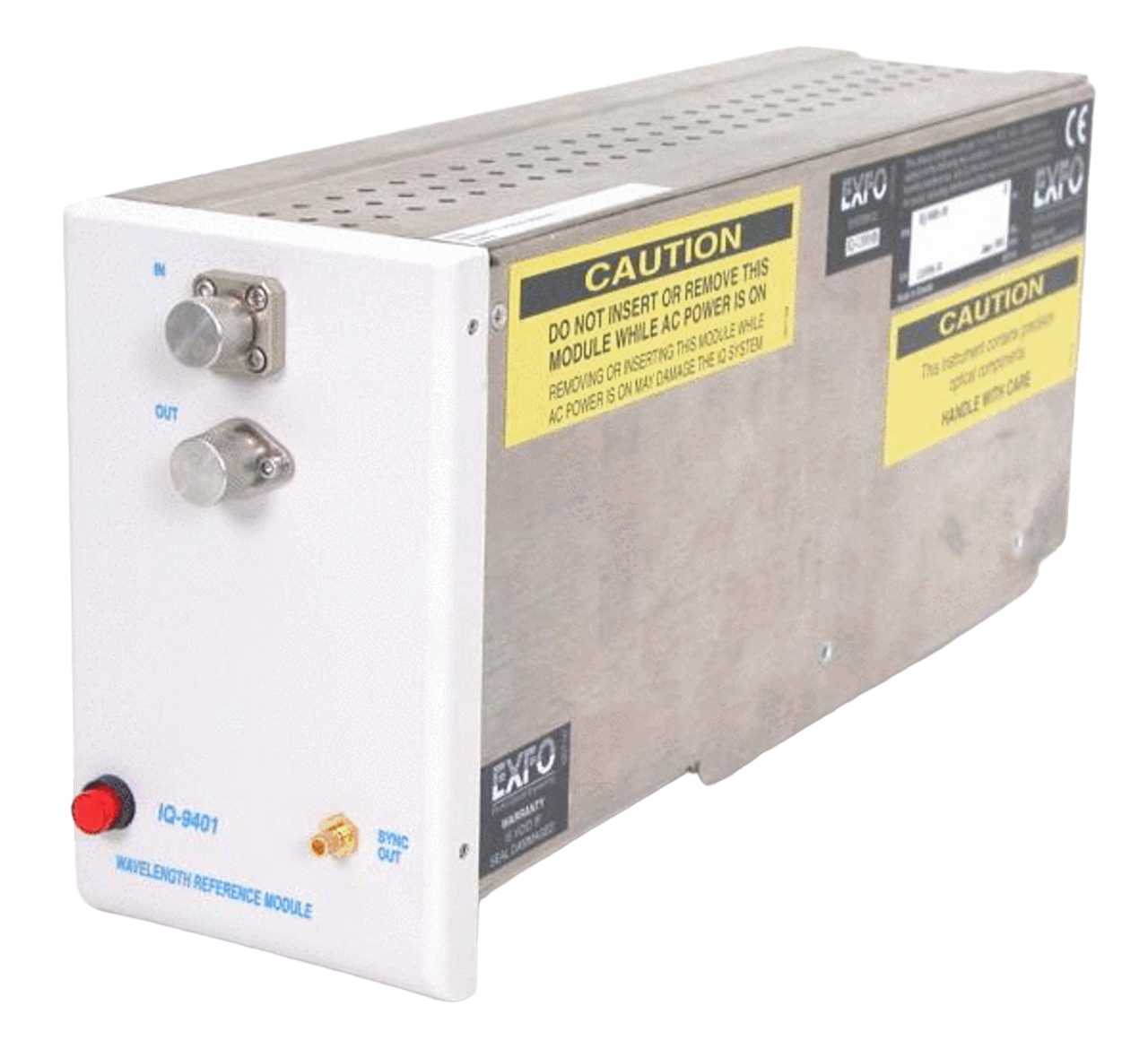 Module
Module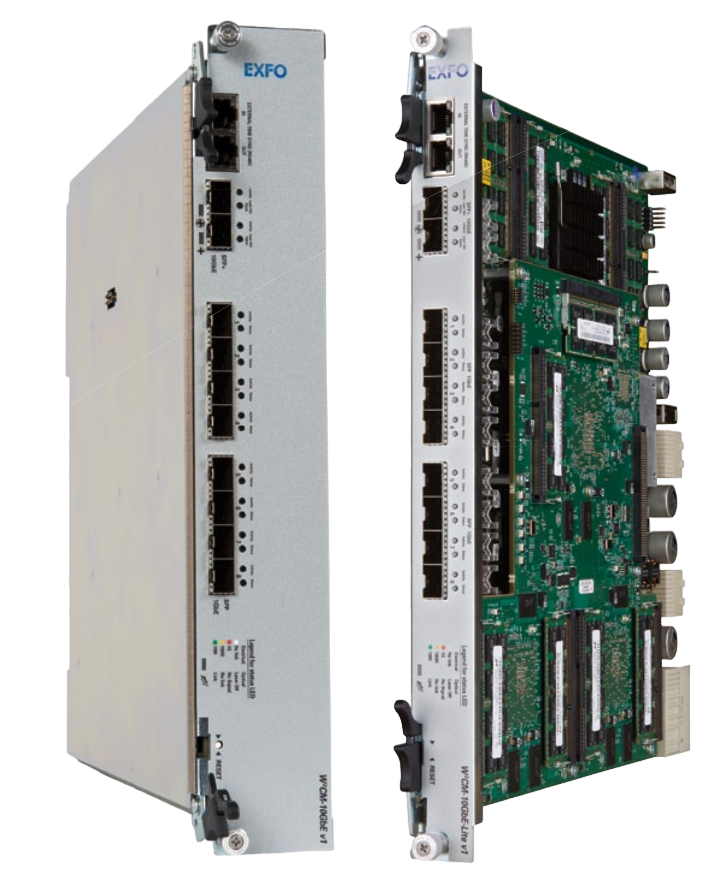 Interfaces(GPIB, Power)
Interfaces(GPIB, Power)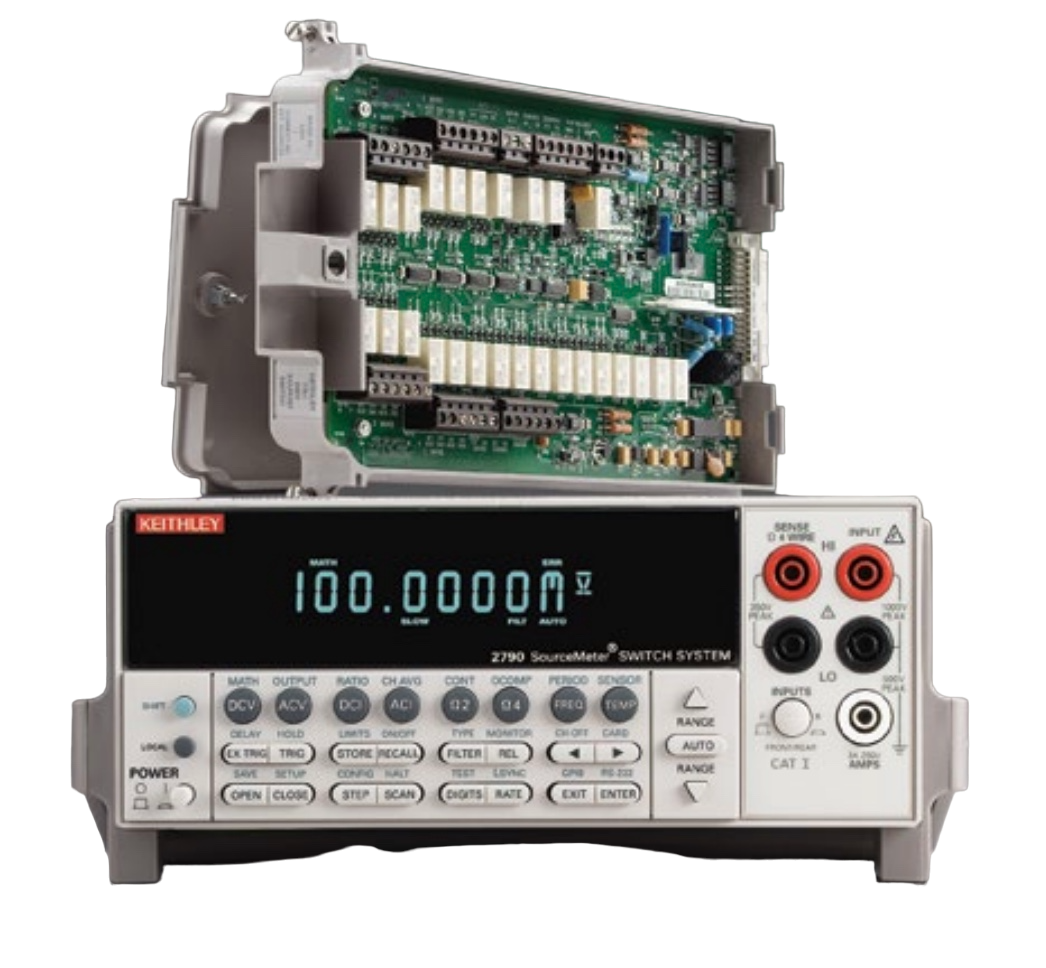 Switch
Switch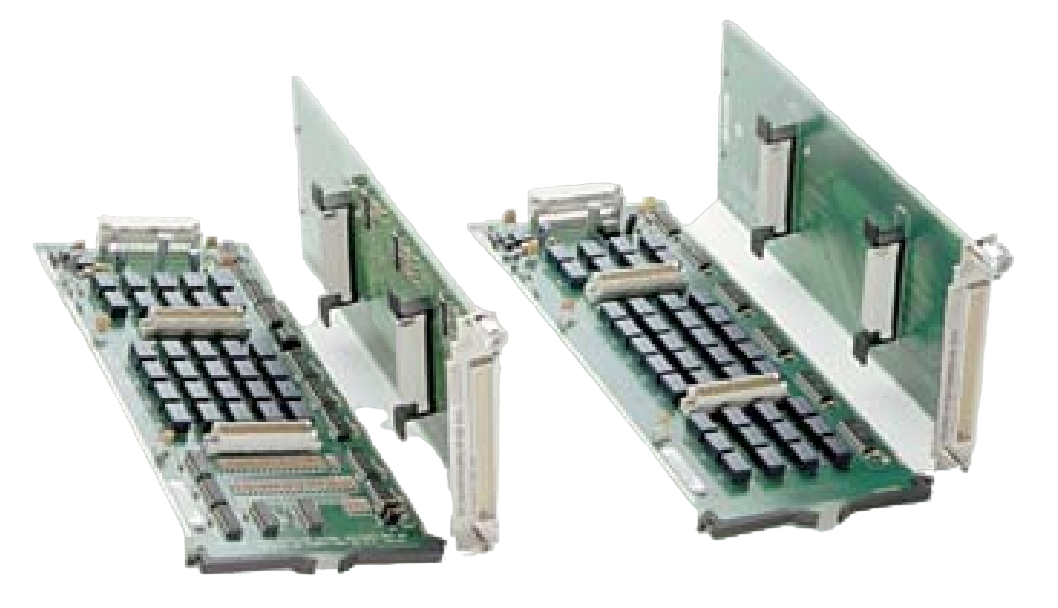 Matrix Cards
Matrix Cards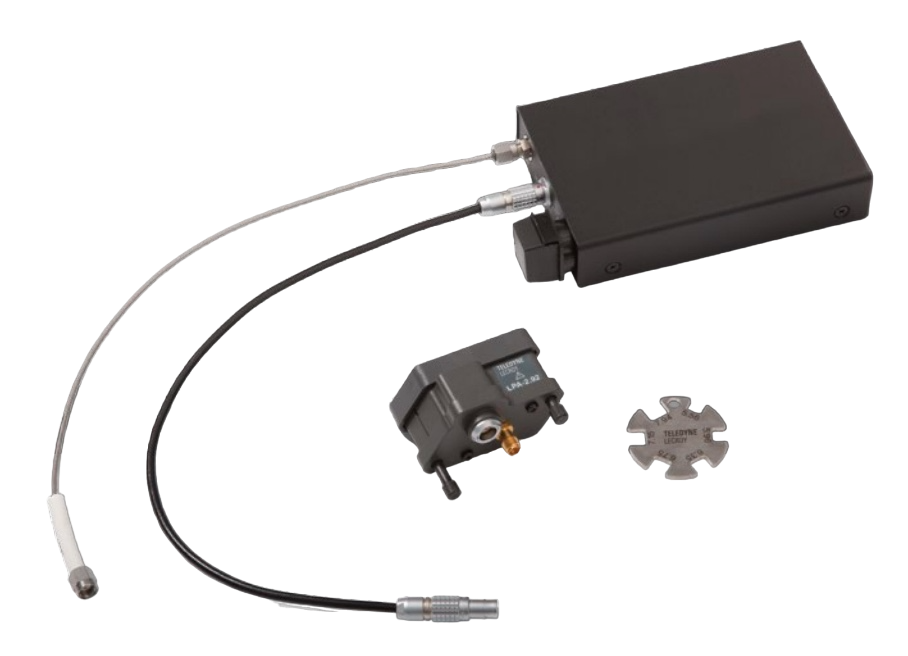 Converter
Converter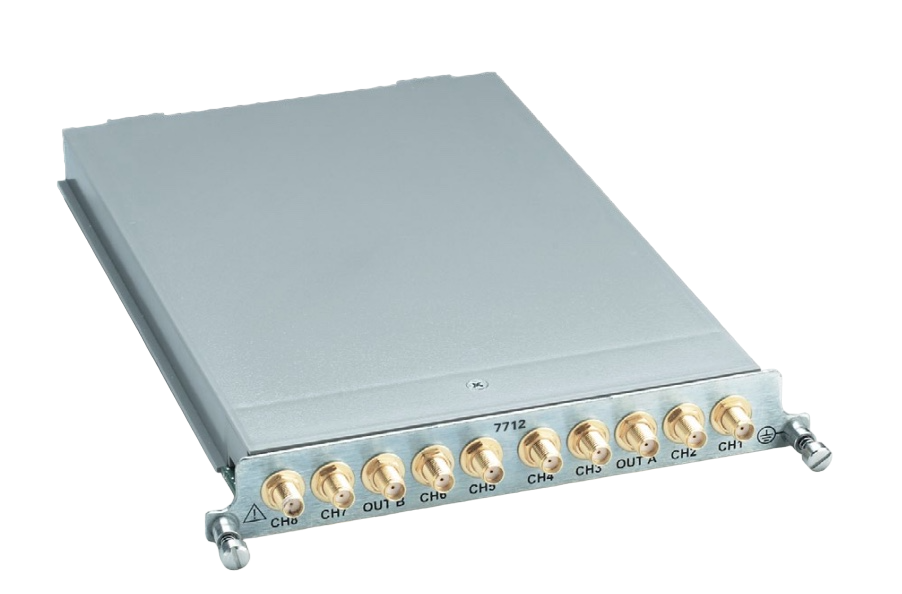 Multiplexer
Multiplexer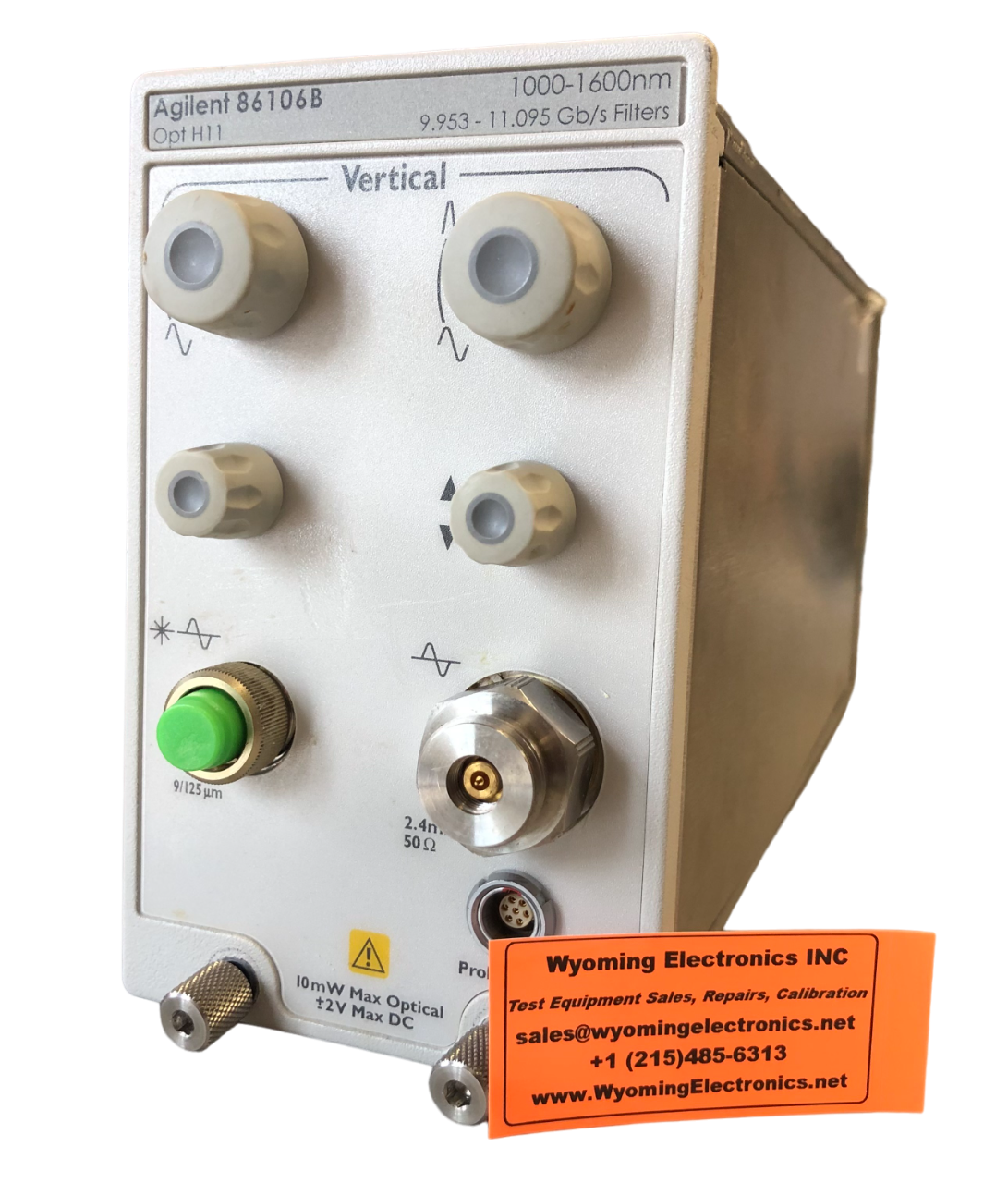 Plug-in
Plug-in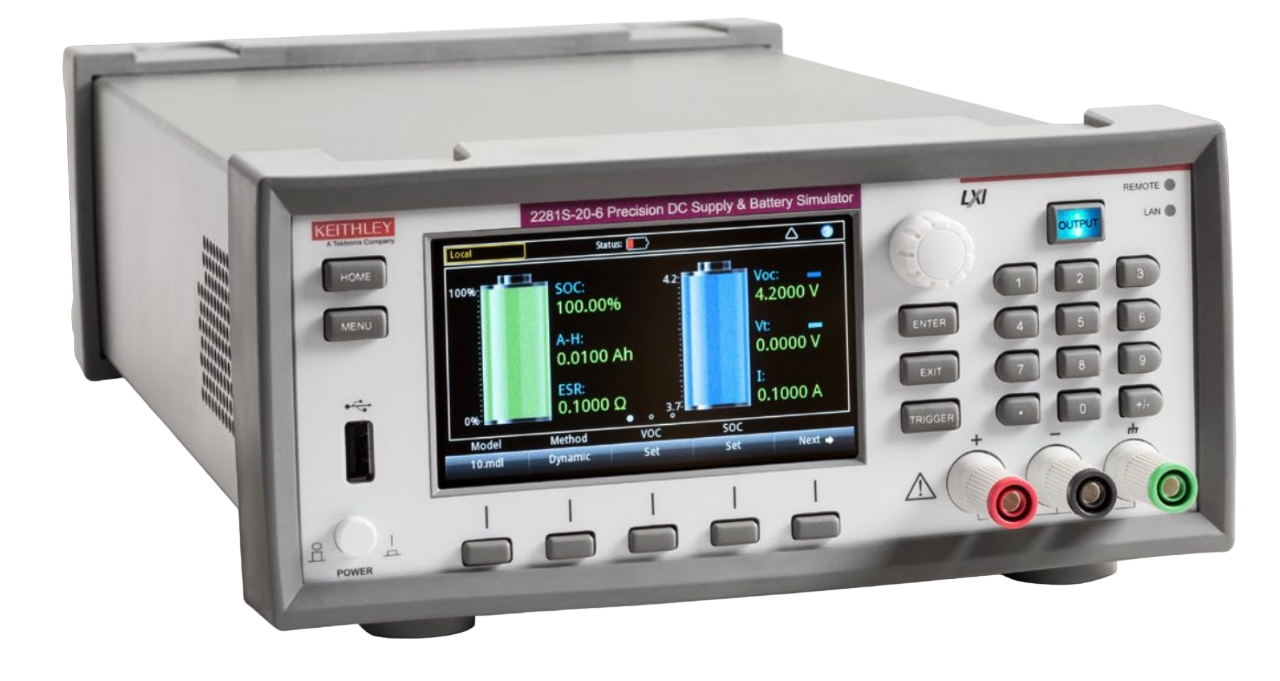 Simulator
Simulator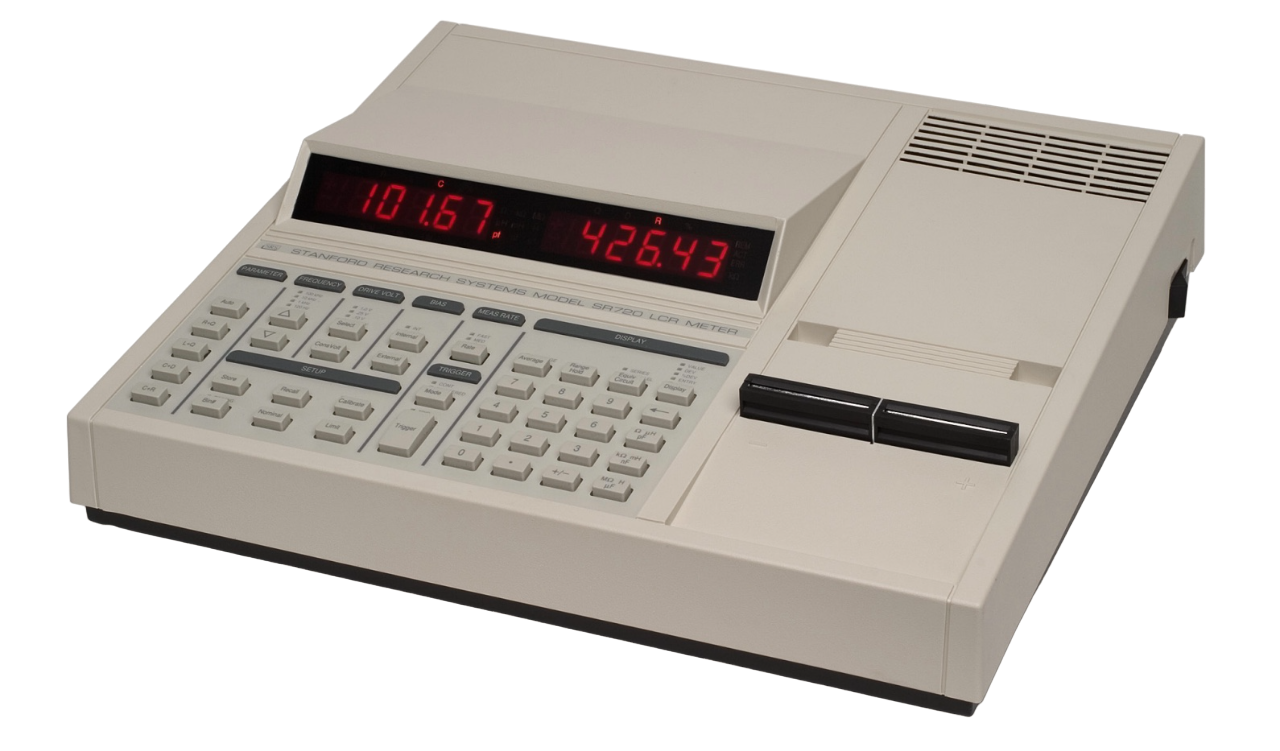 LCR Meters
LCR Meters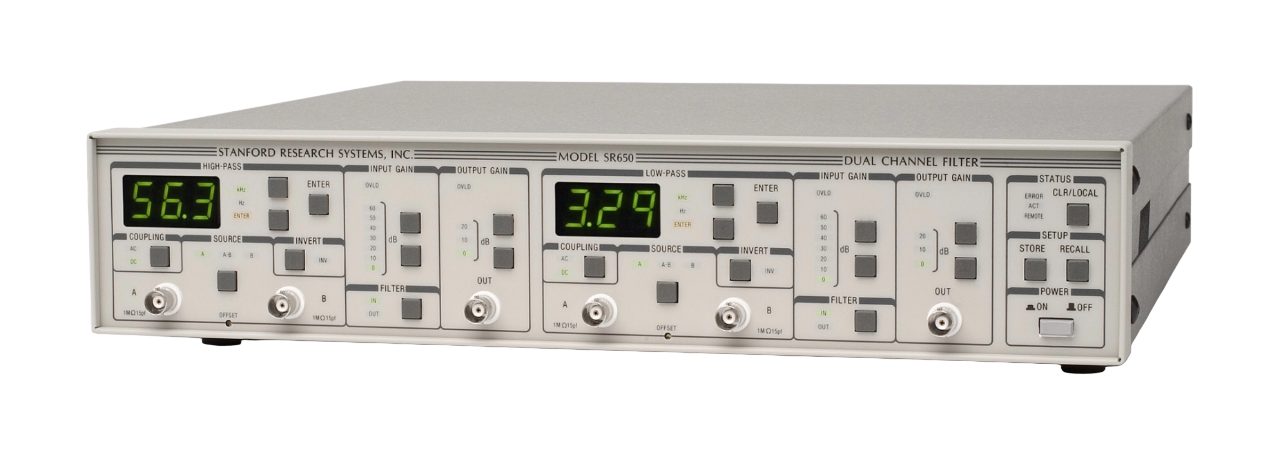 Filters
Filters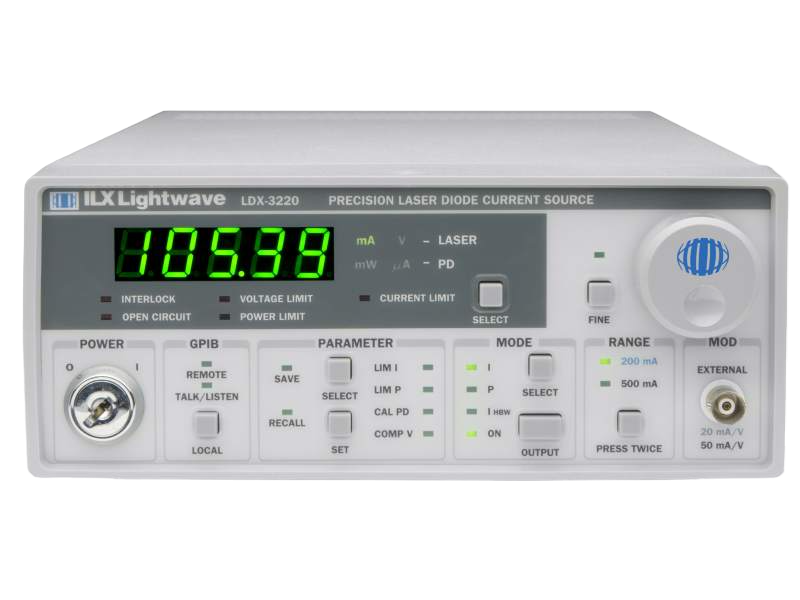 Laser Drivers
Laser Drivers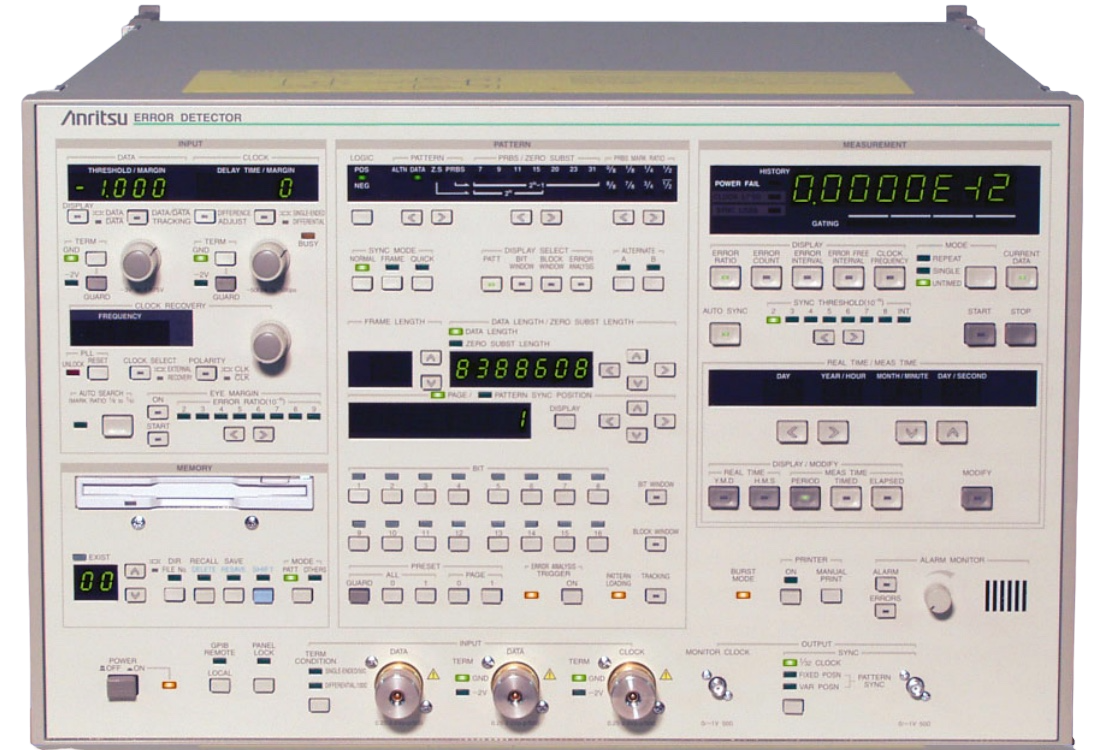 Error Detectors
Error Detectors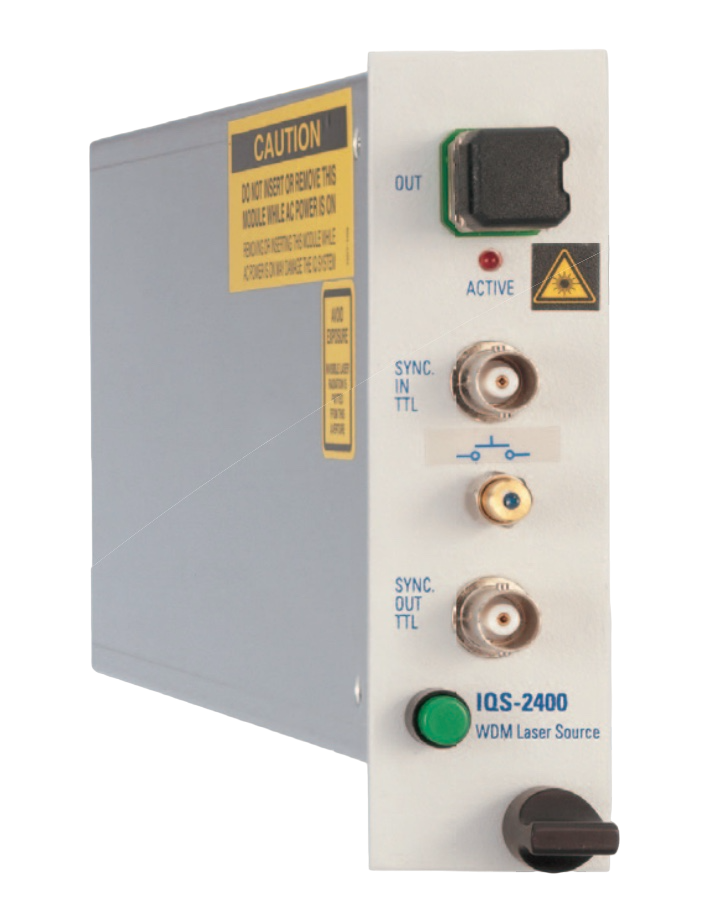 Laser Source
Laser Source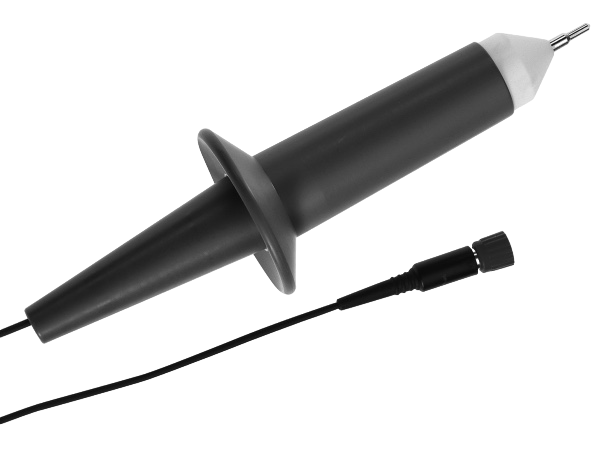 Probe
Probe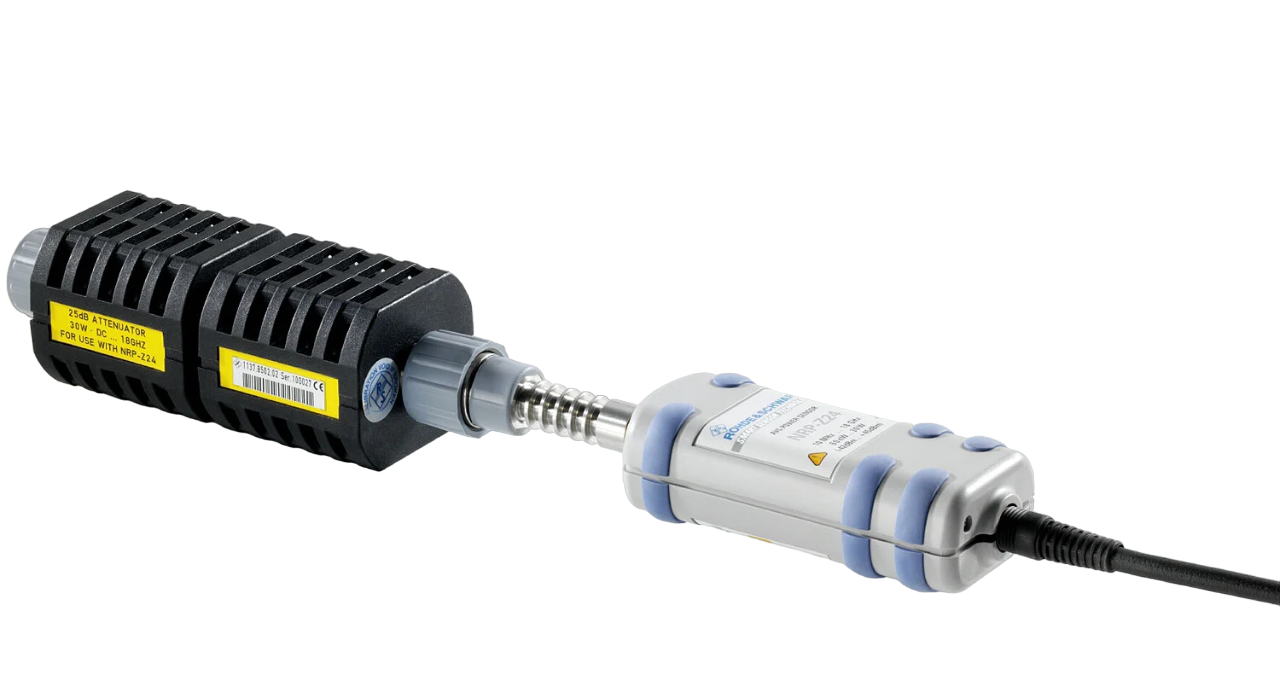 Power Sensor
Power Sensor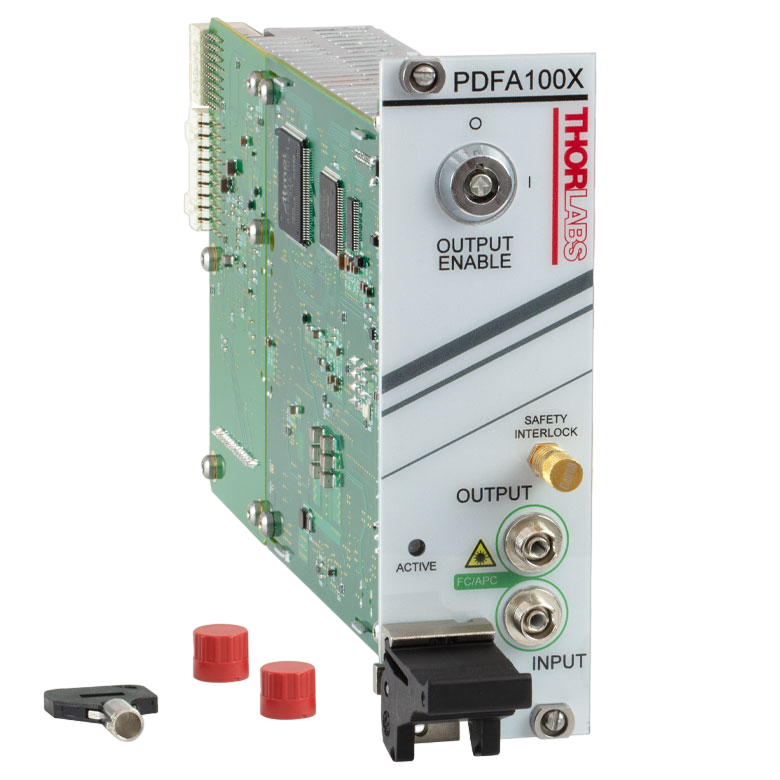 Amplifier
Amplifier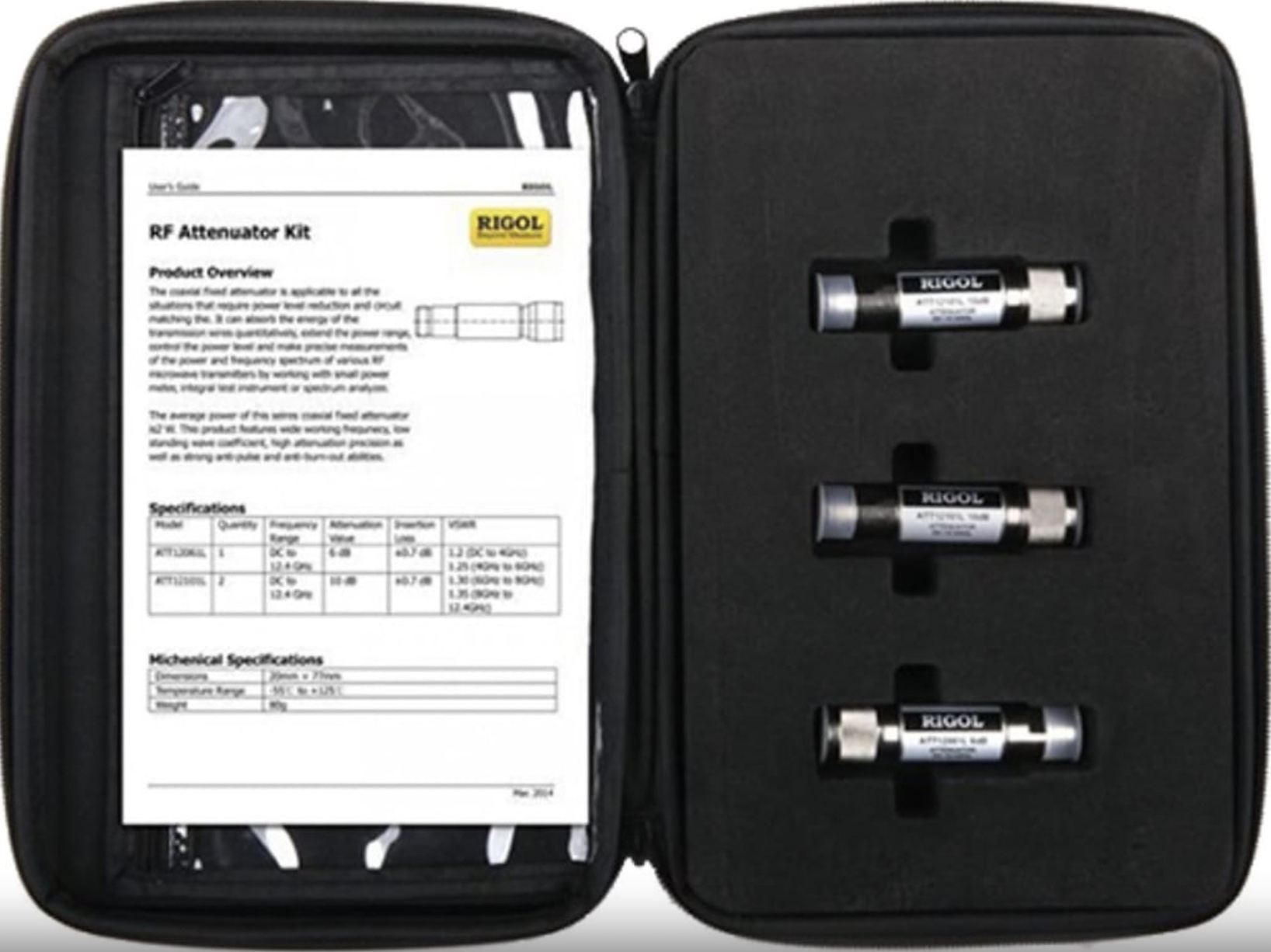 Attenuator
Attenuator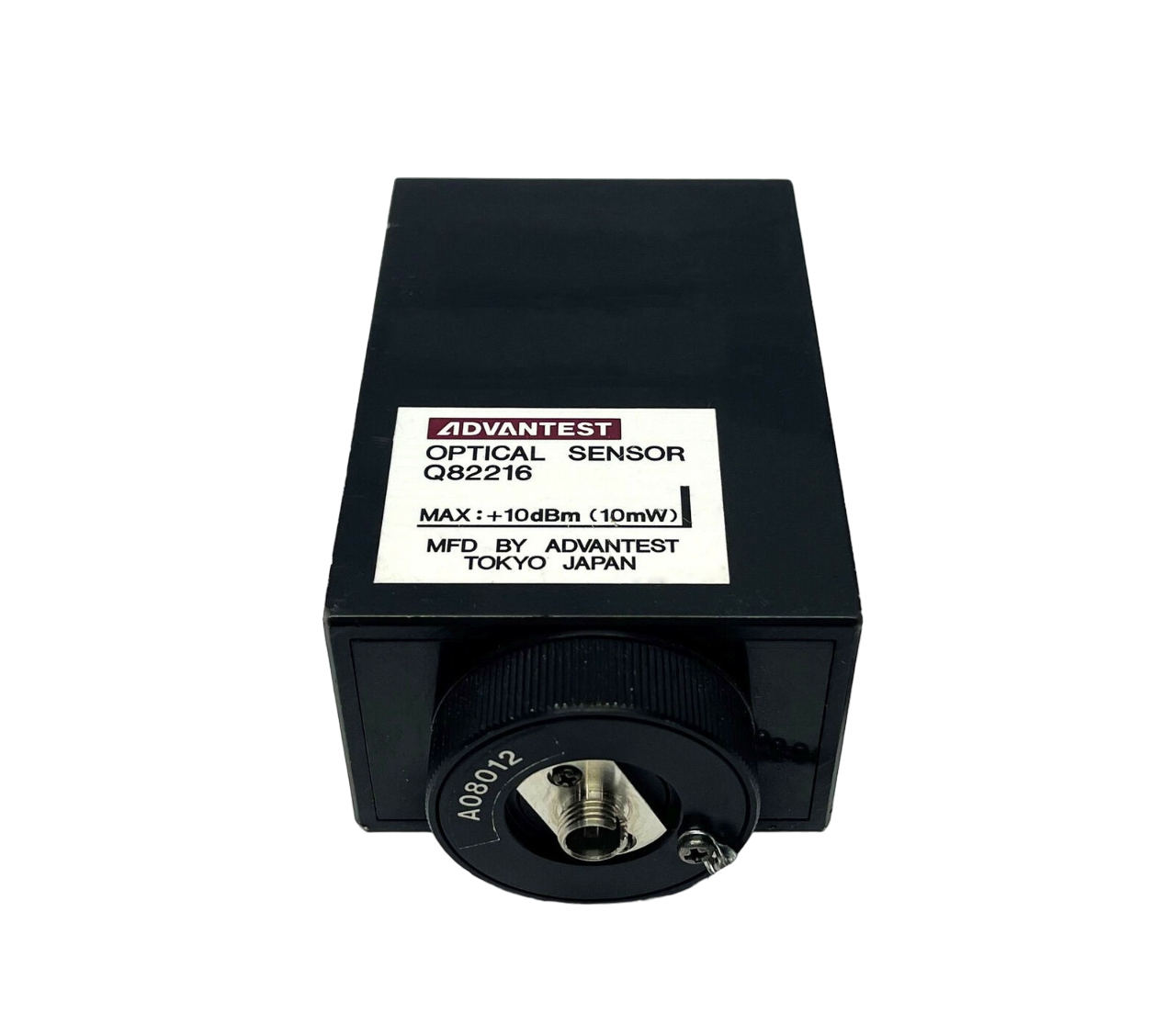 Optical Sensor
Optical Sensor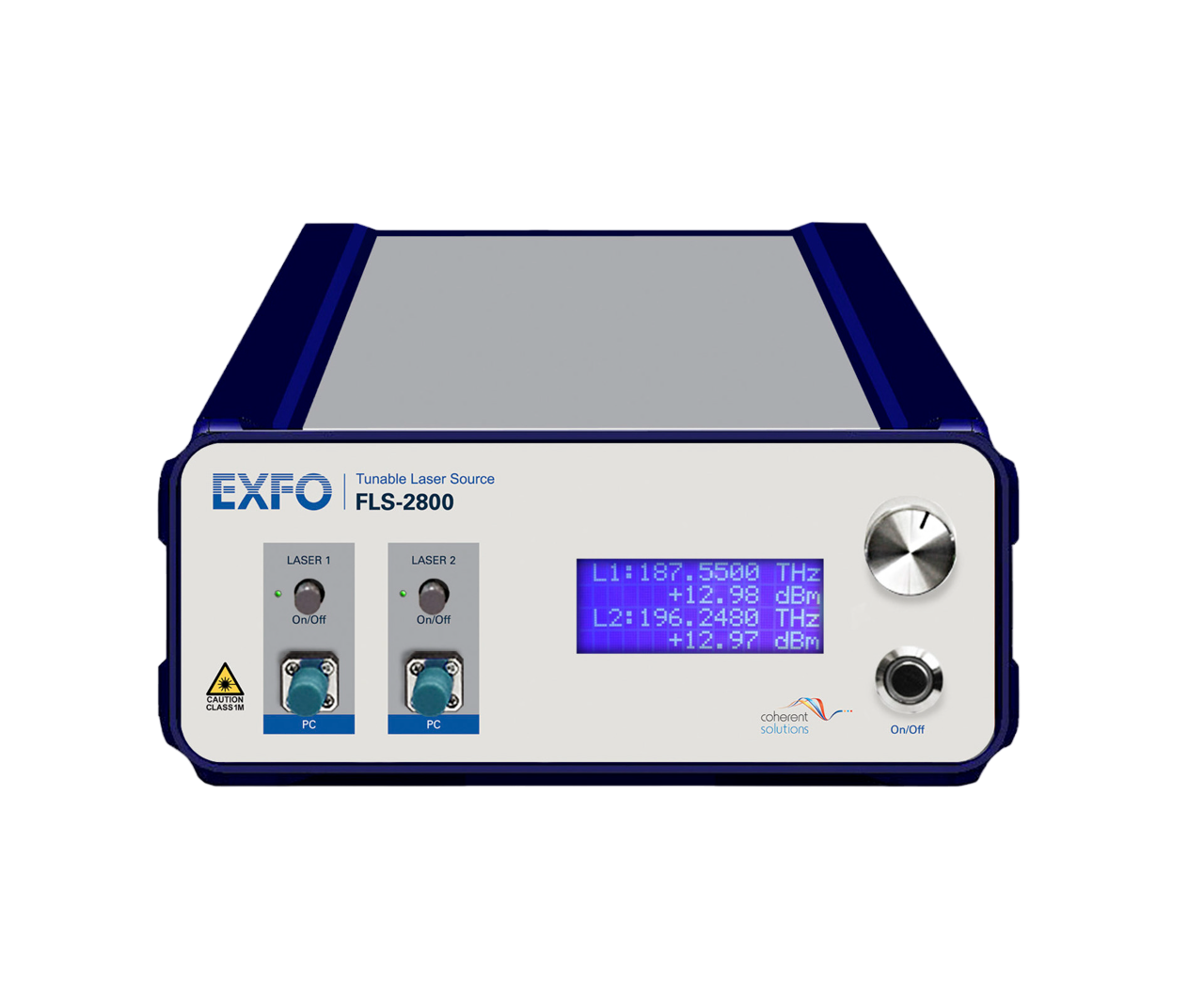 Light/LED Source
Light/LED Source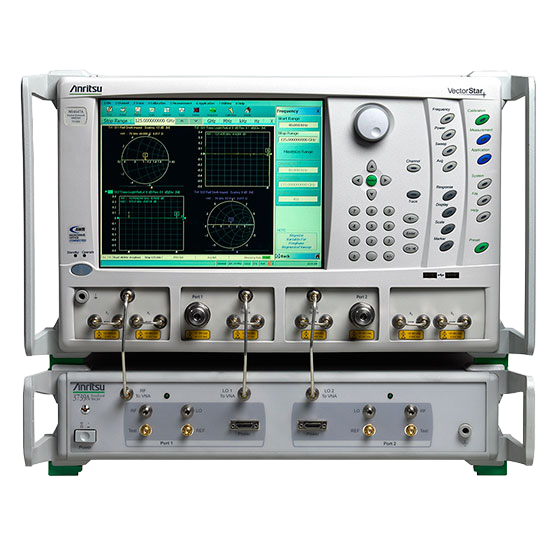 Broadband / Noise Source
Broadband / Noise Source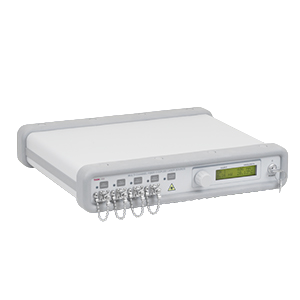 Optical / Fiber Source
Optical / Fiber Source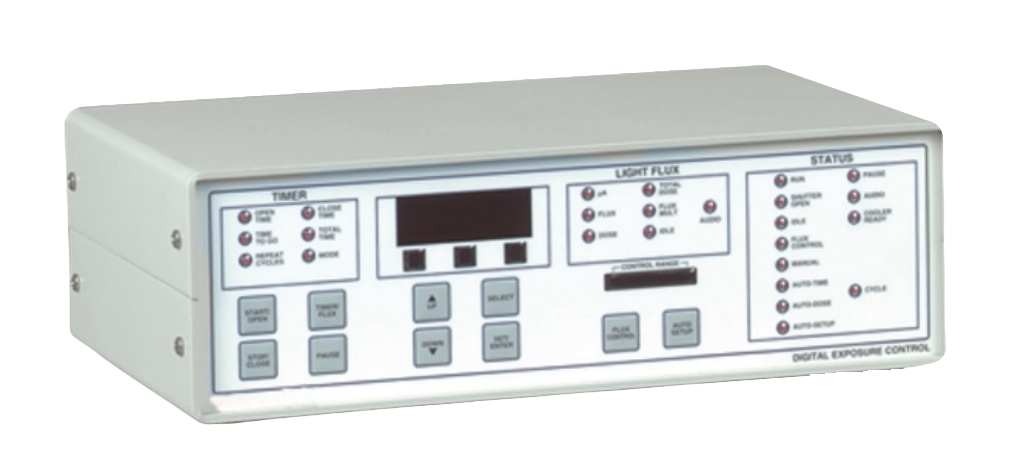 Power Supply
Power Supply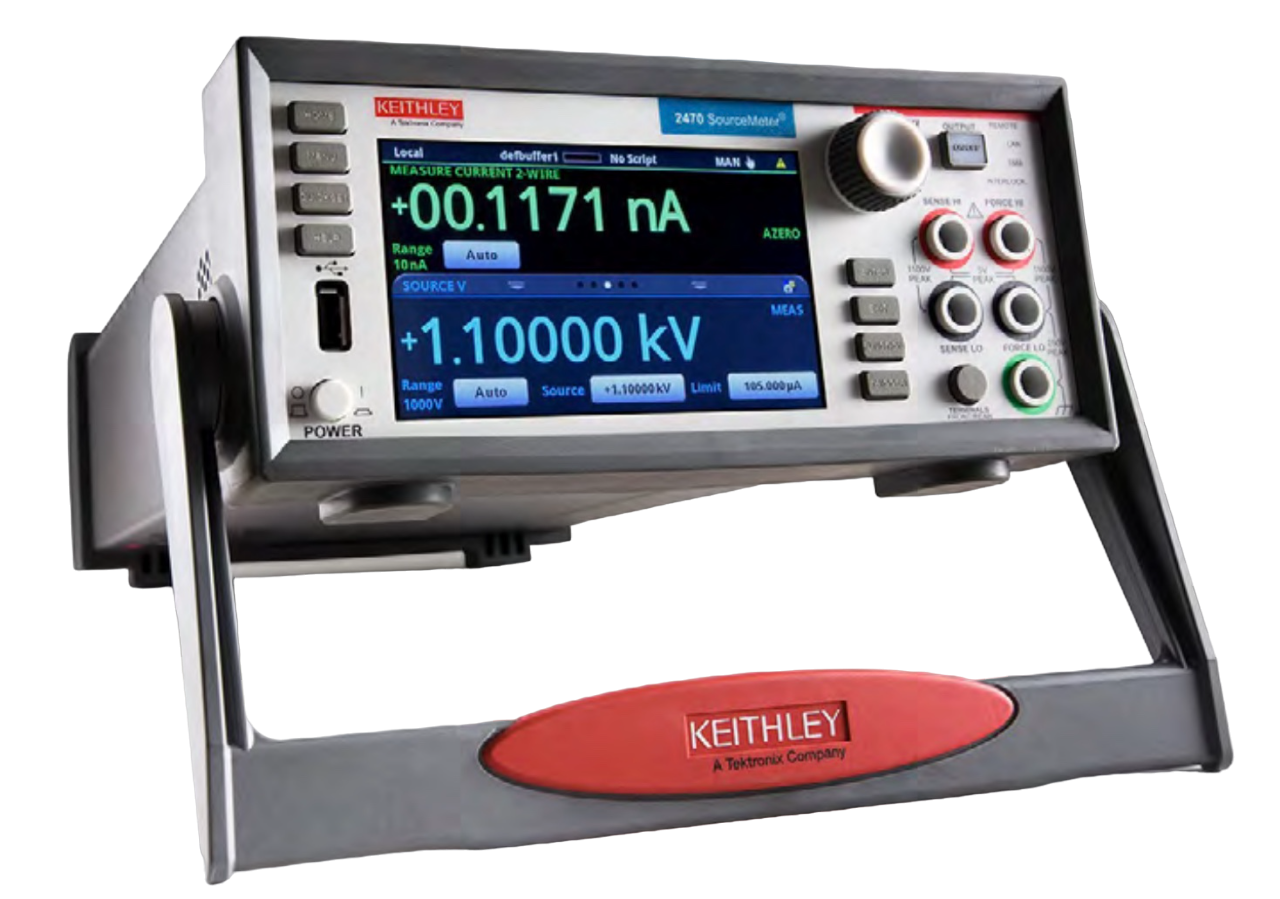 Voltage Source
Voltage Source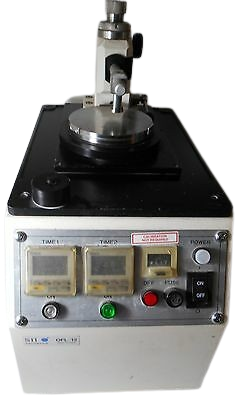 Polisher
Polisher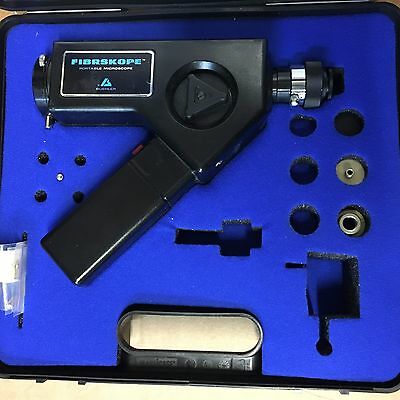 Microscope
Microscope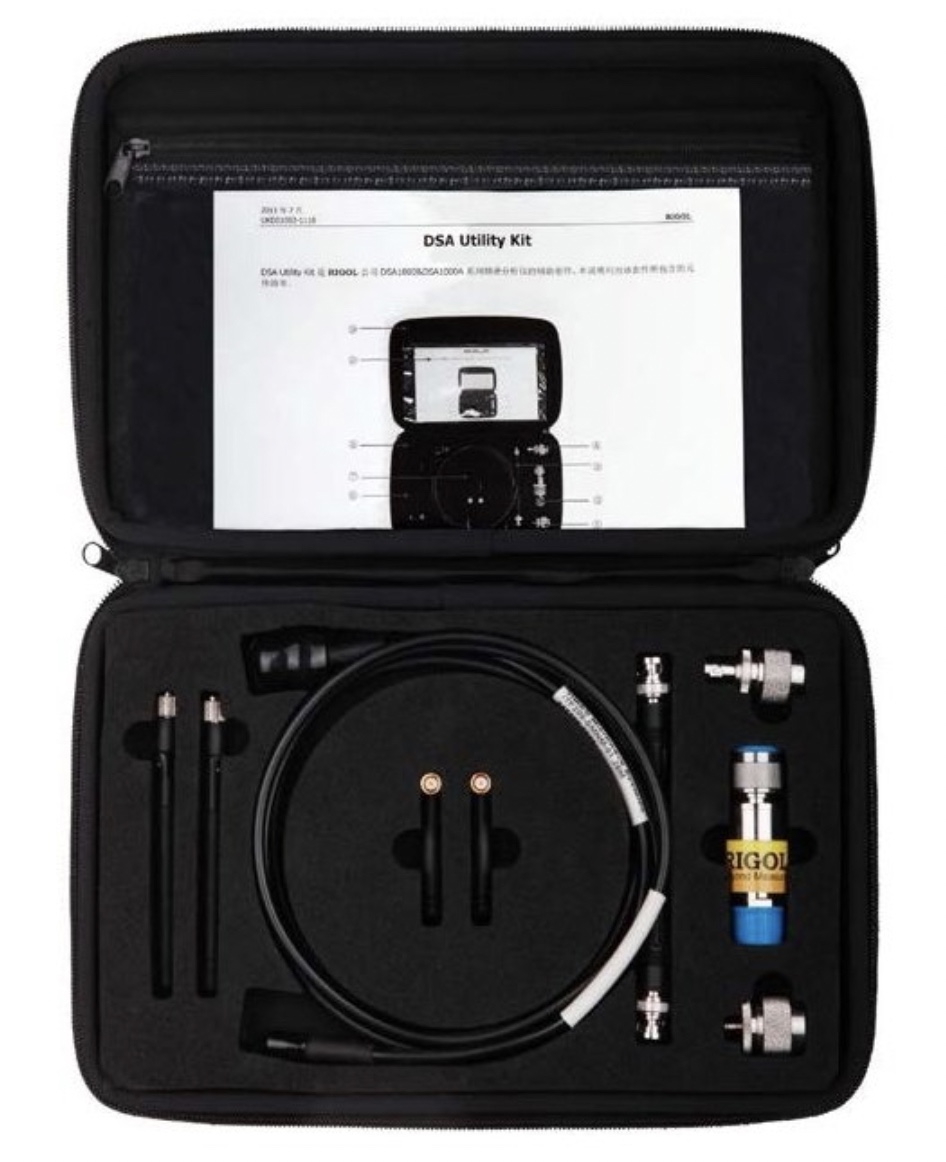 Adapter
Adapter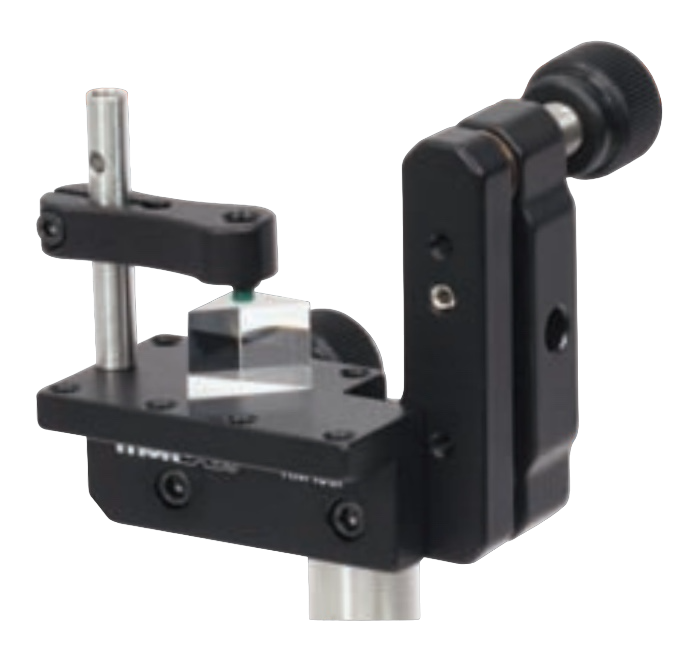 Platforms/Mounts
Platforms/Mounts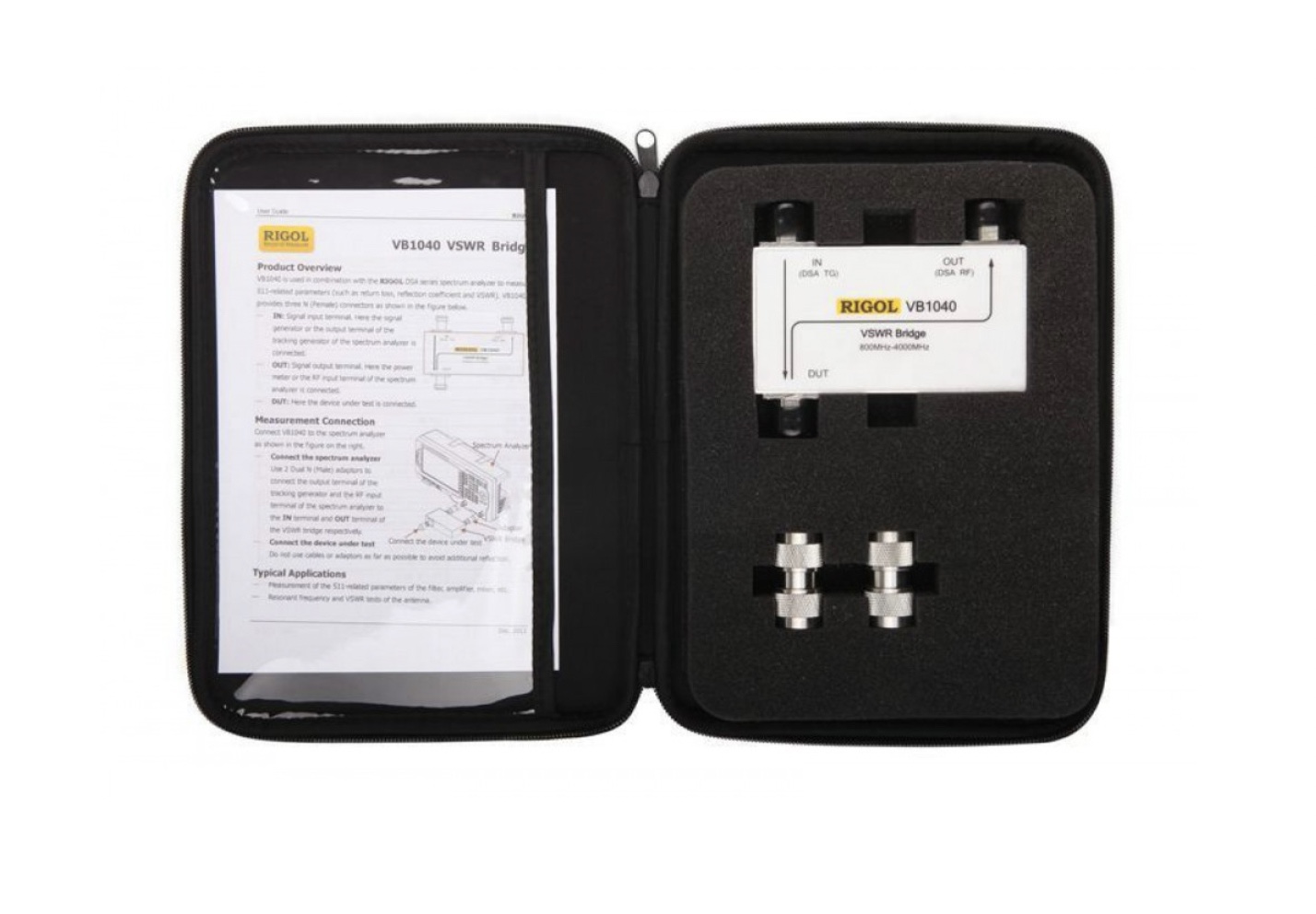 Bridges
Bridges Connectors & Accessories
Connectors & Accessories

















